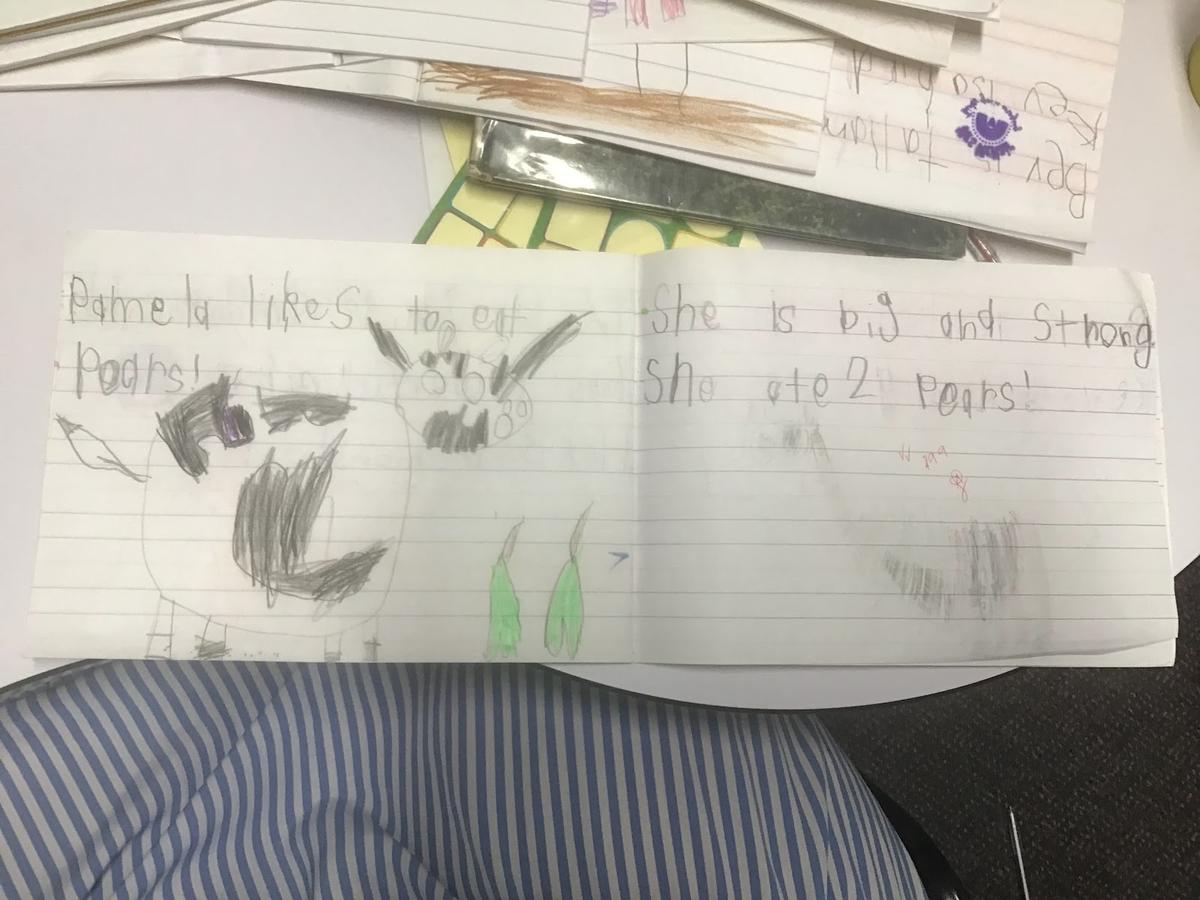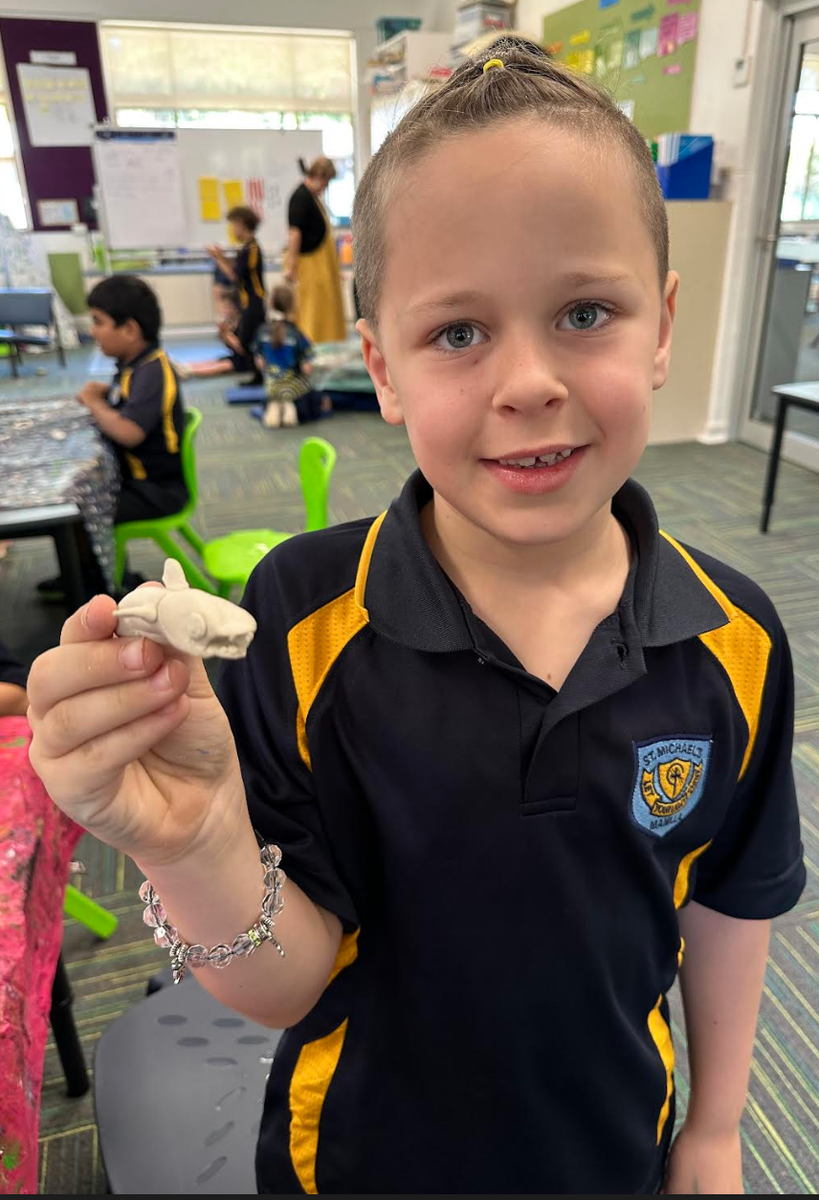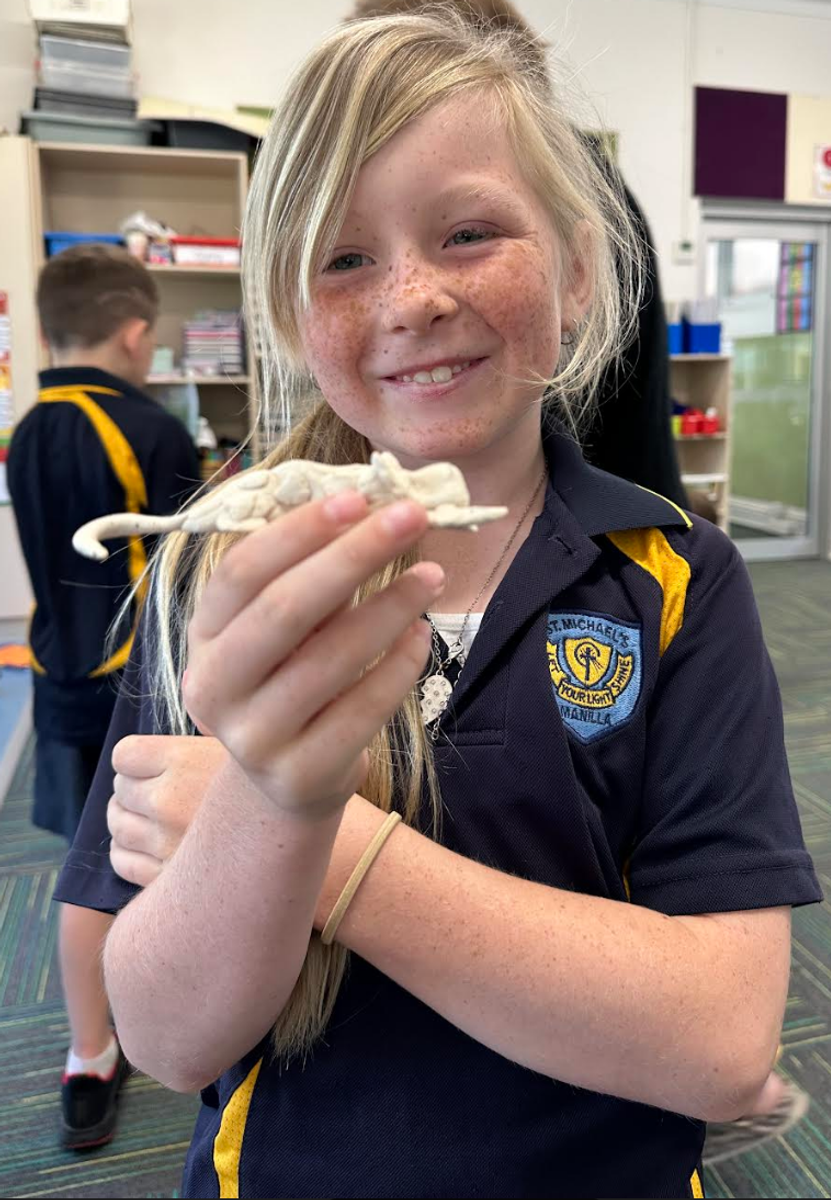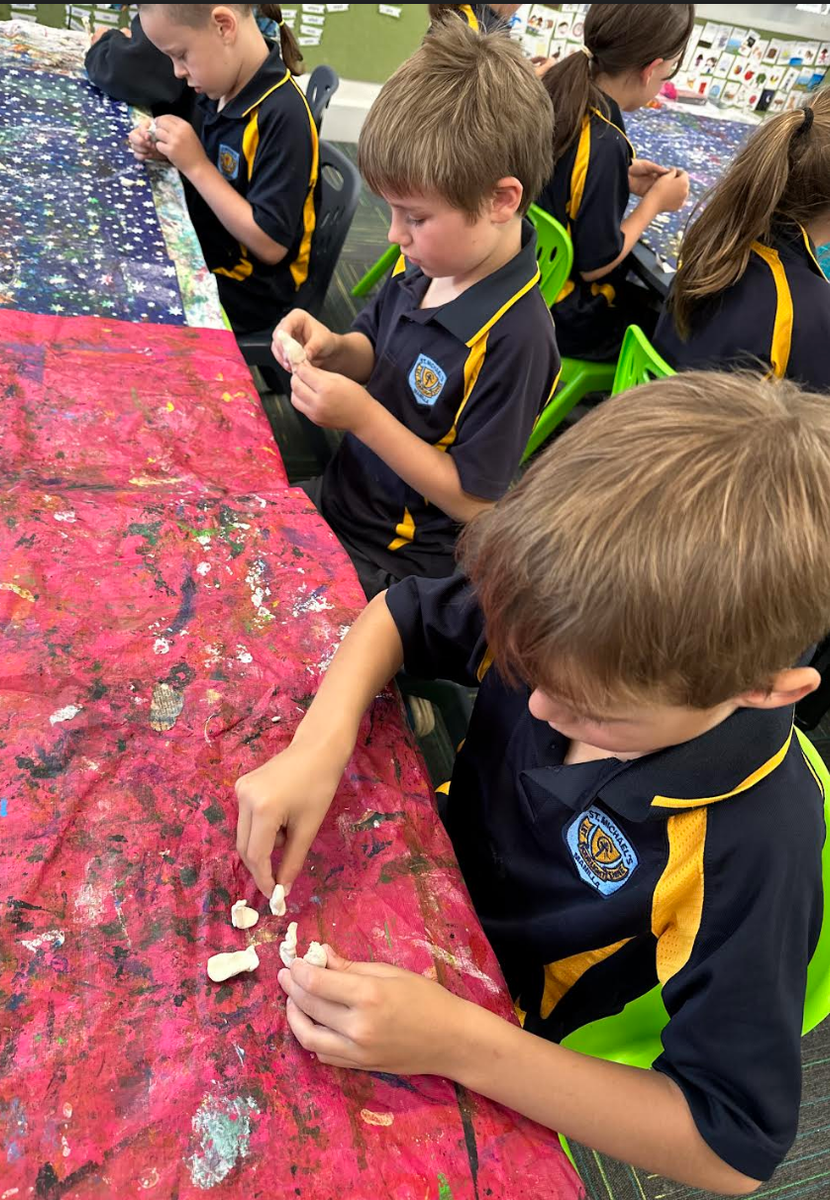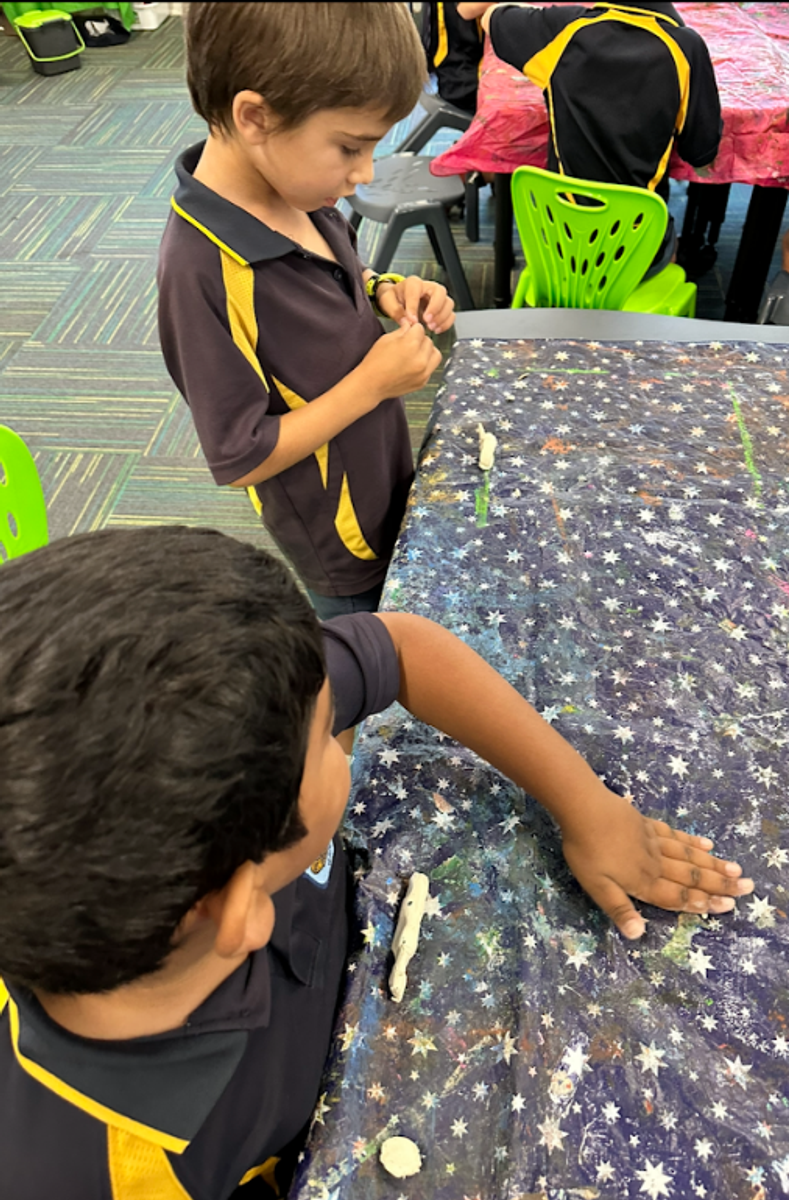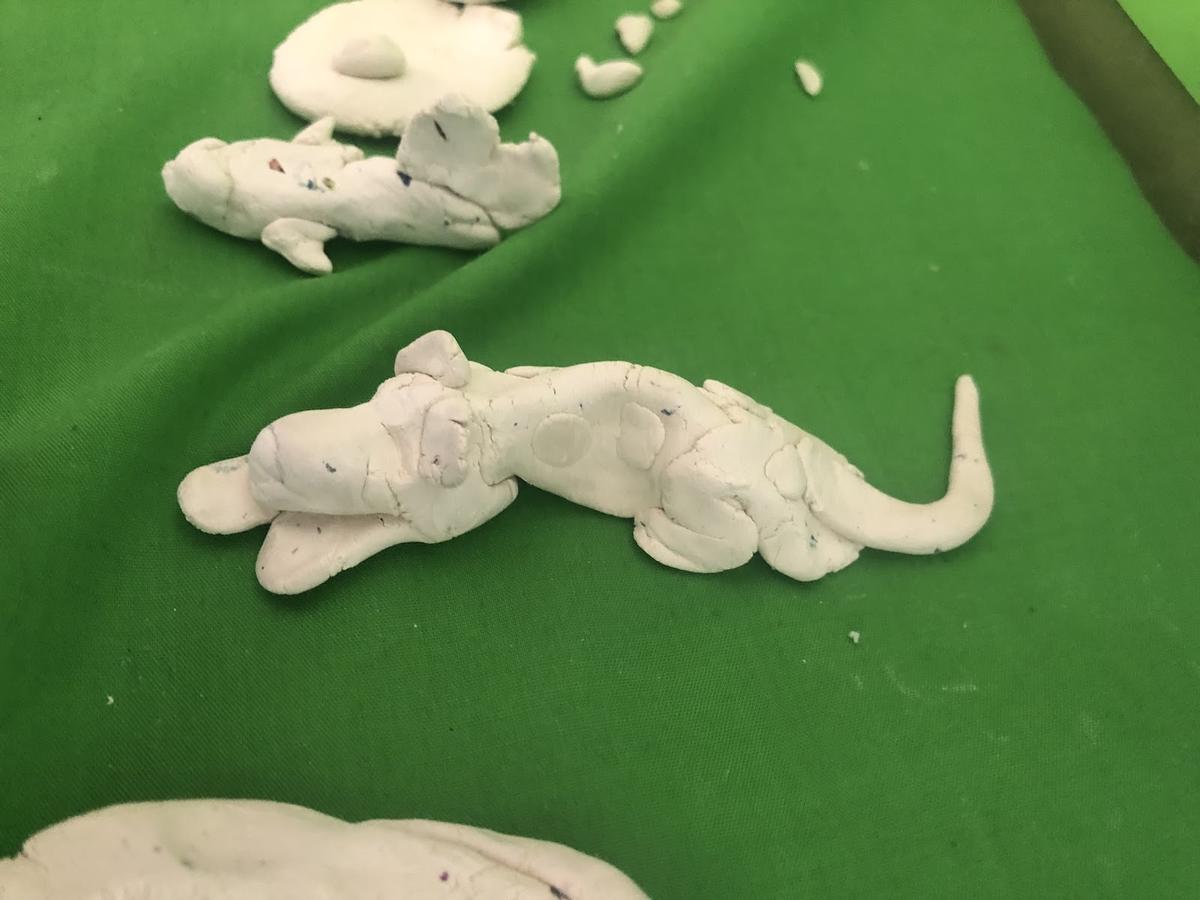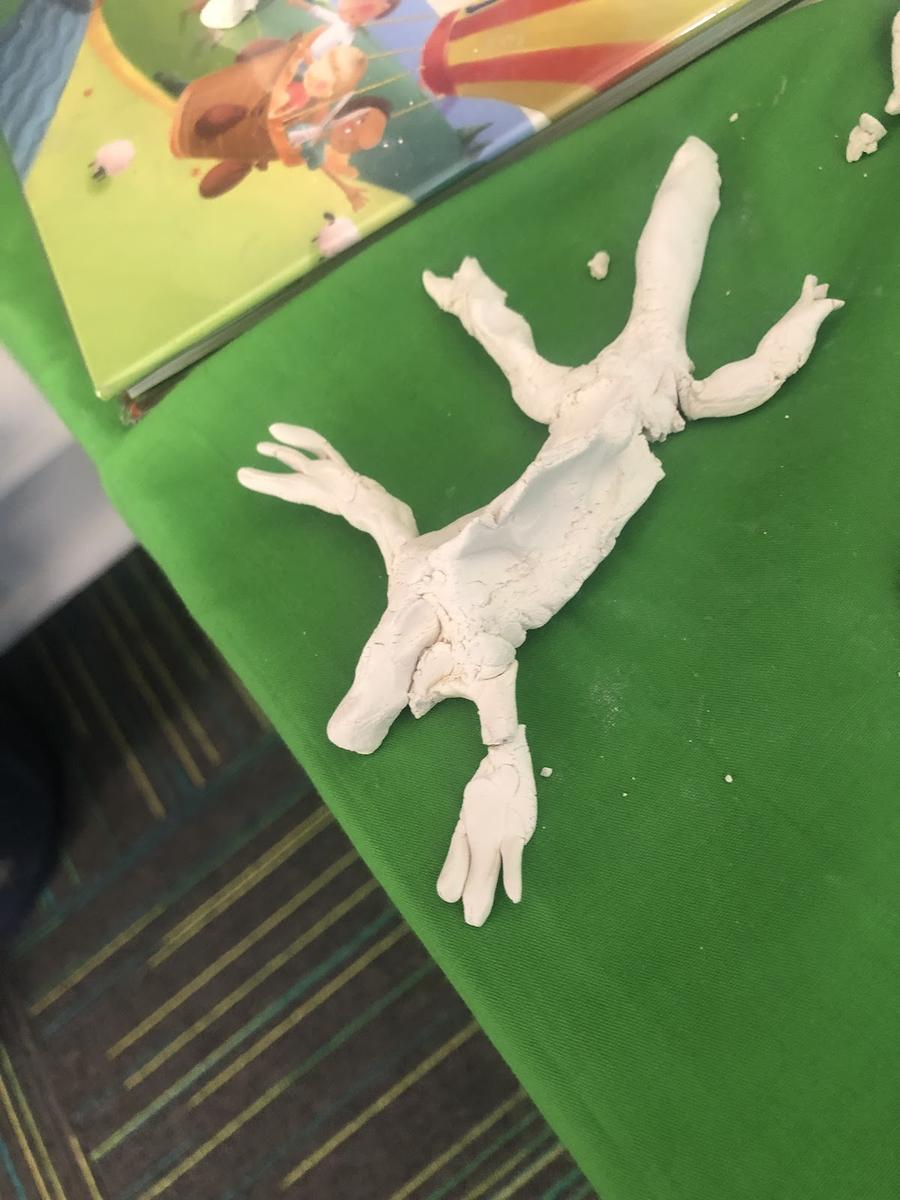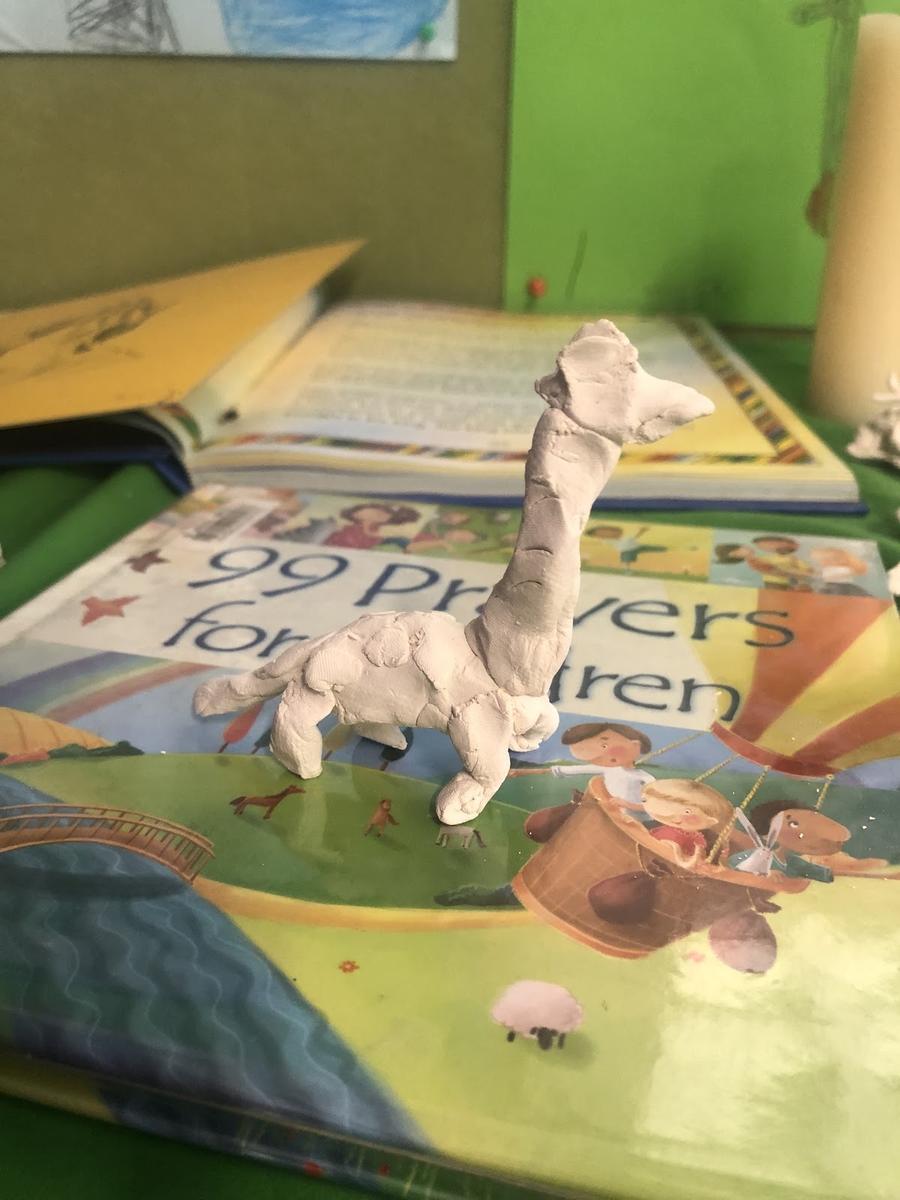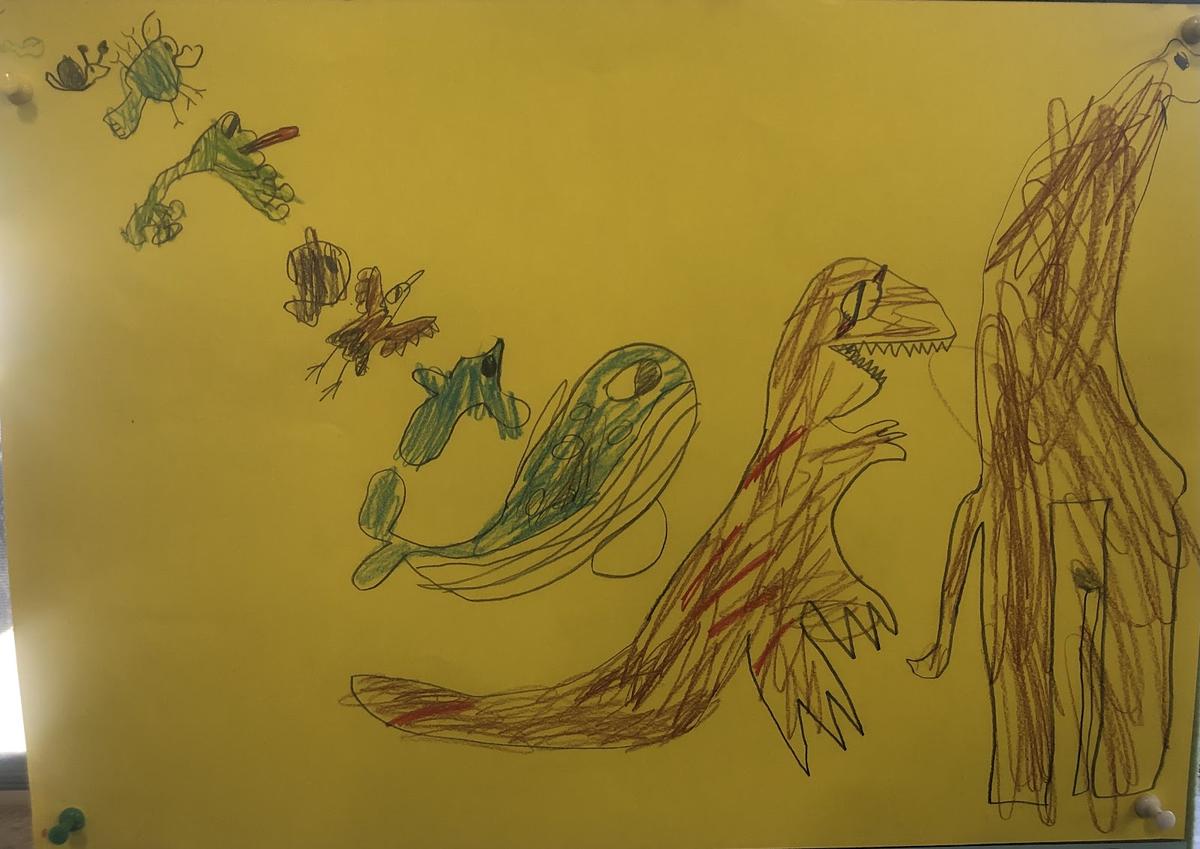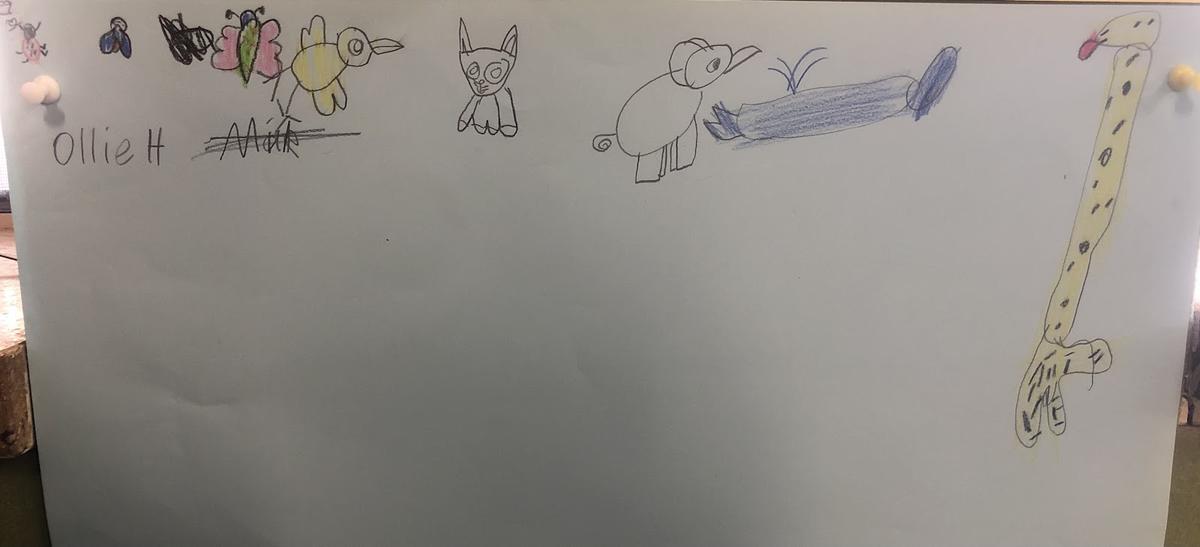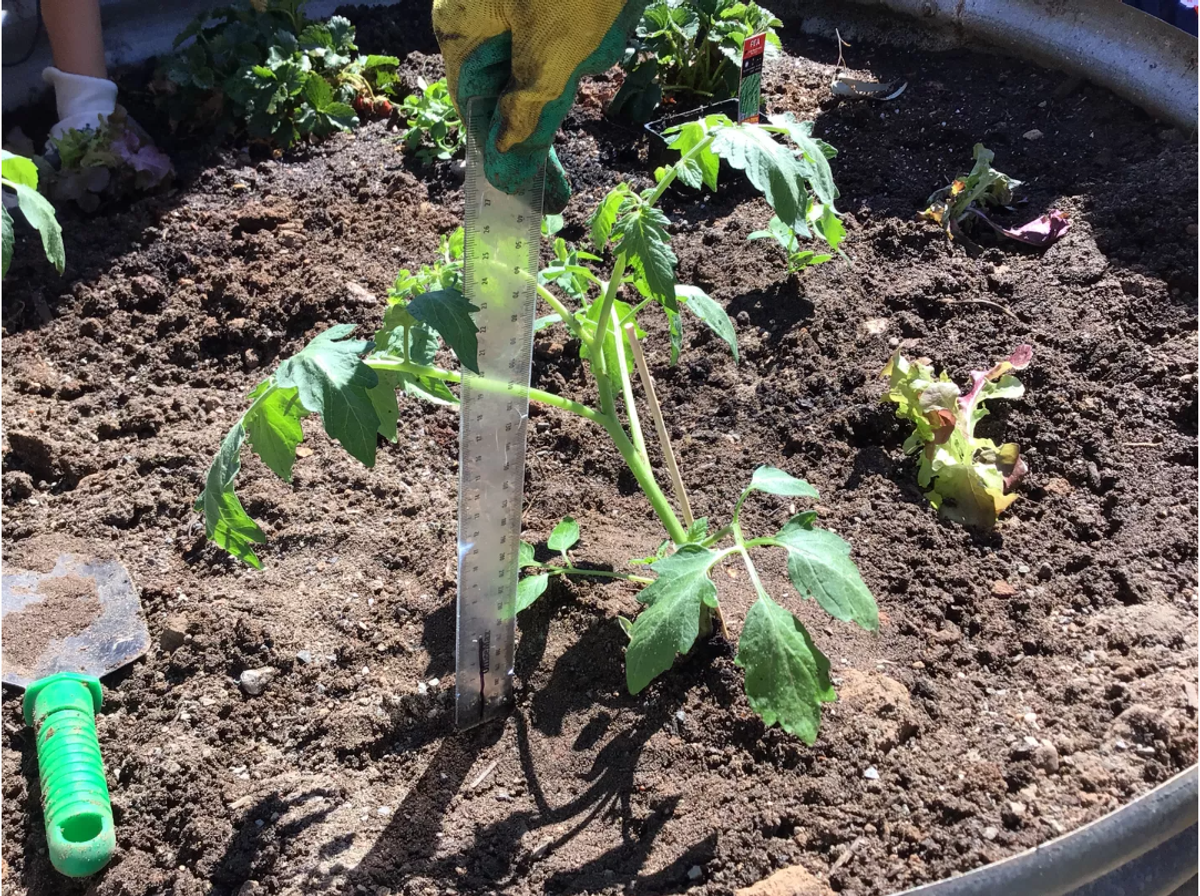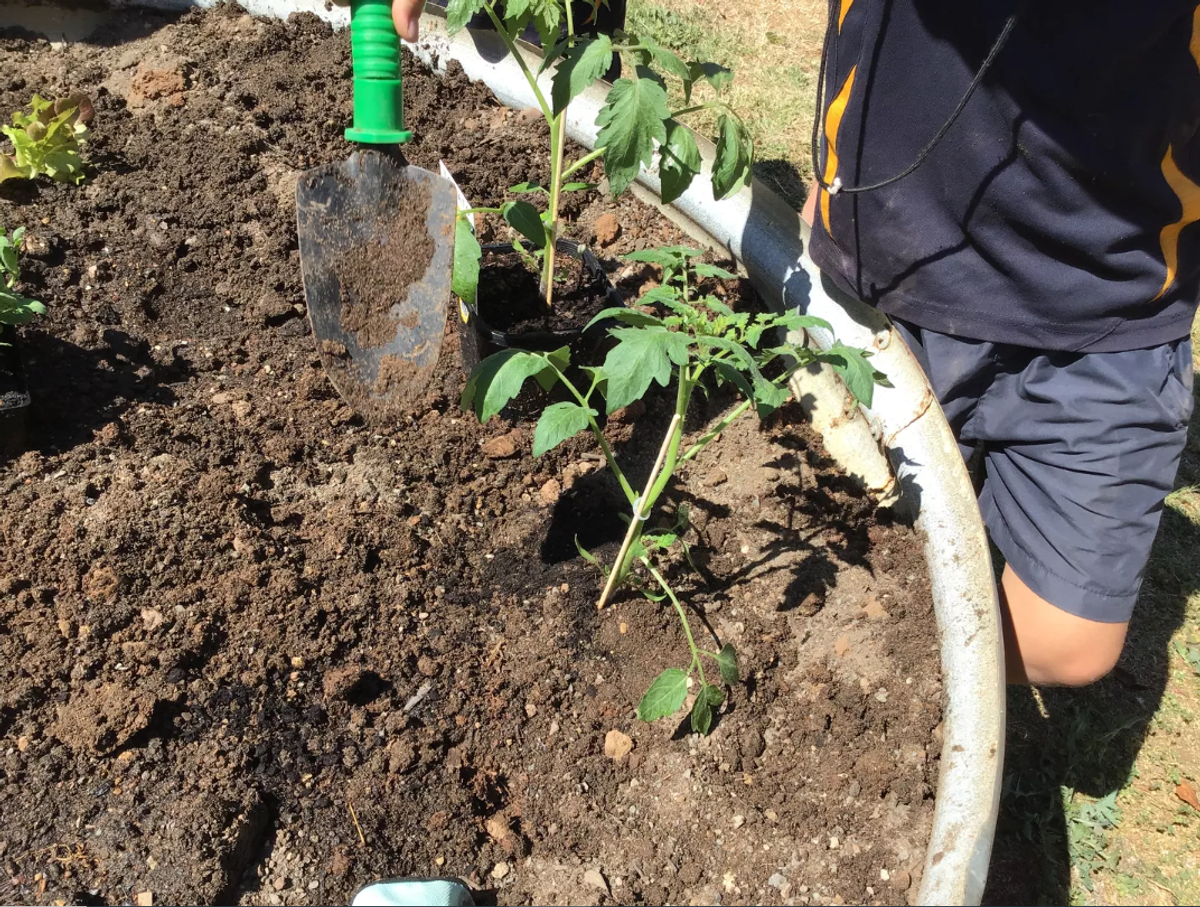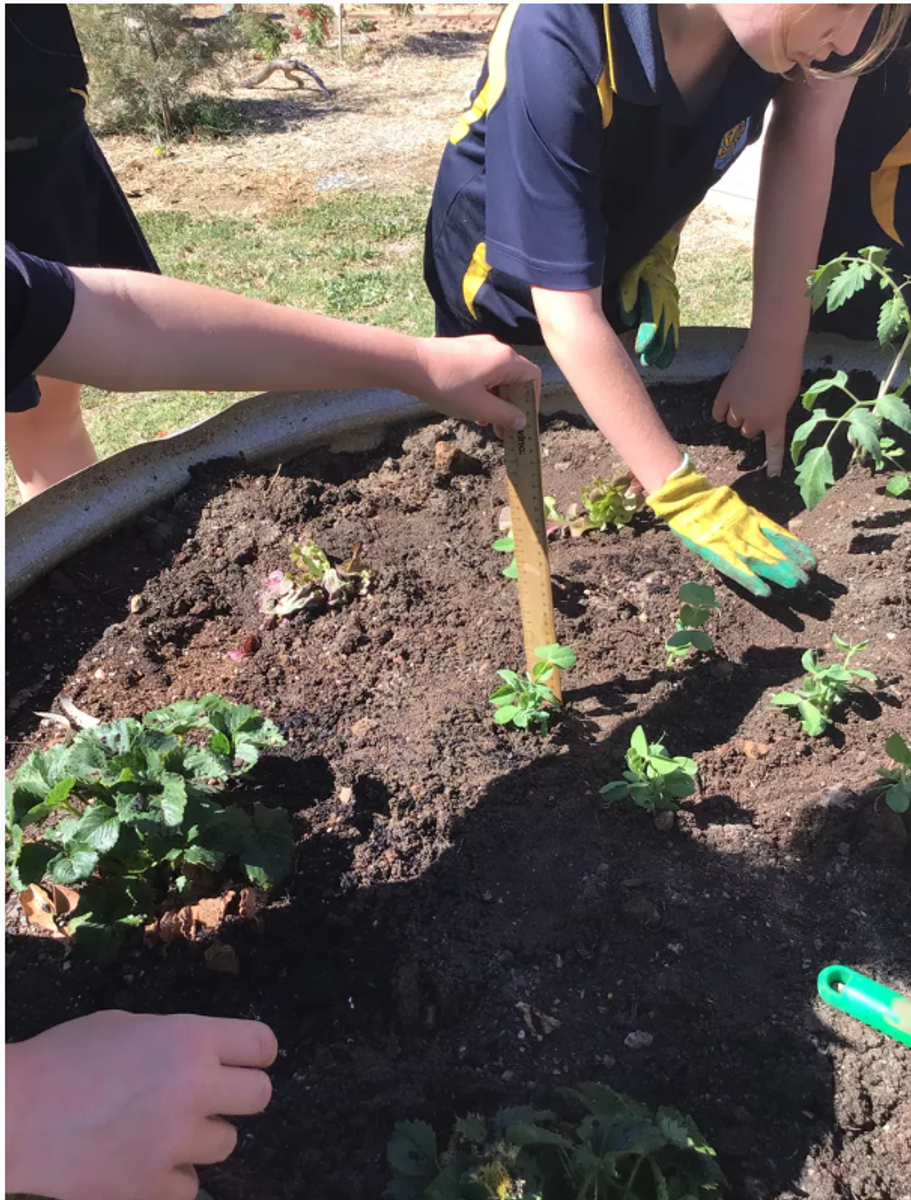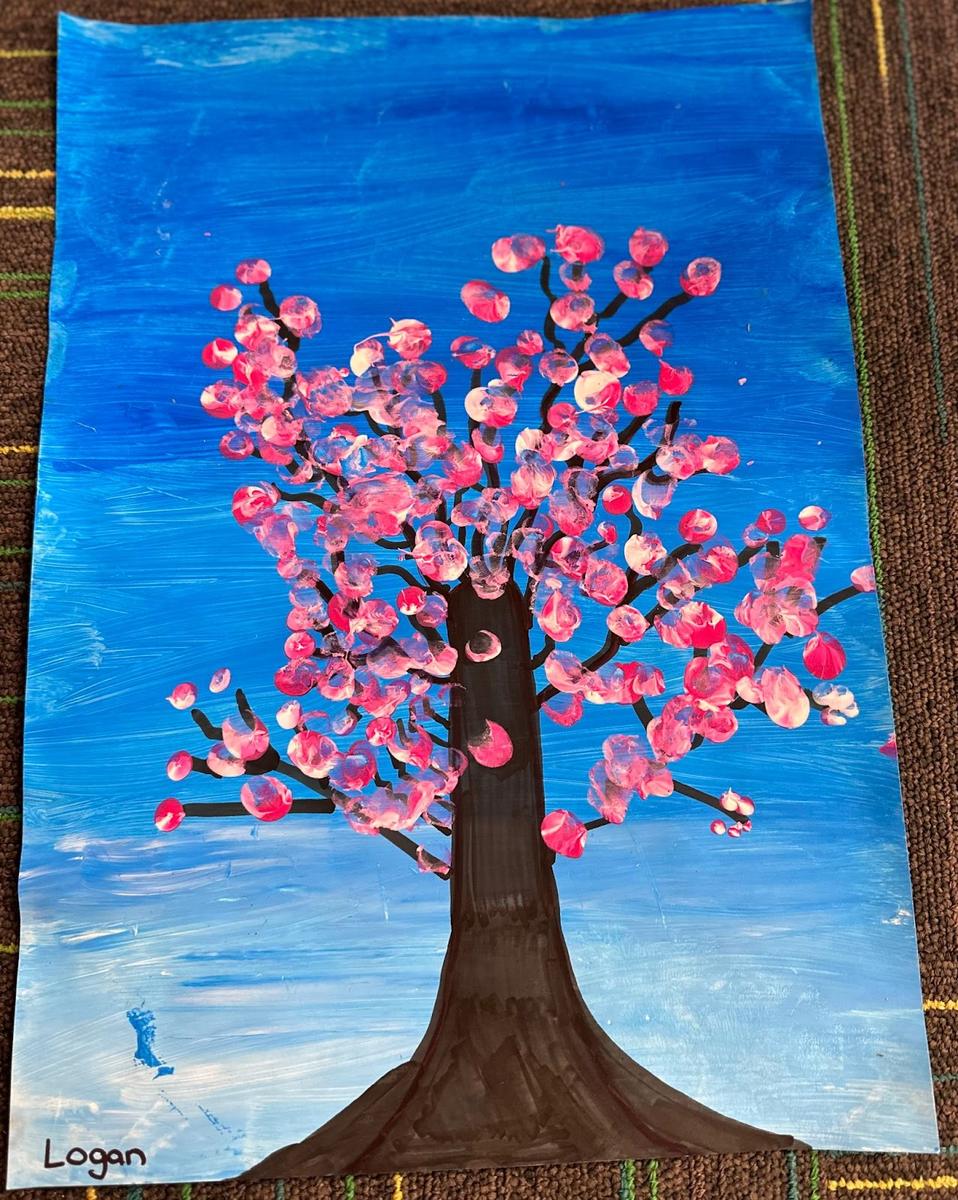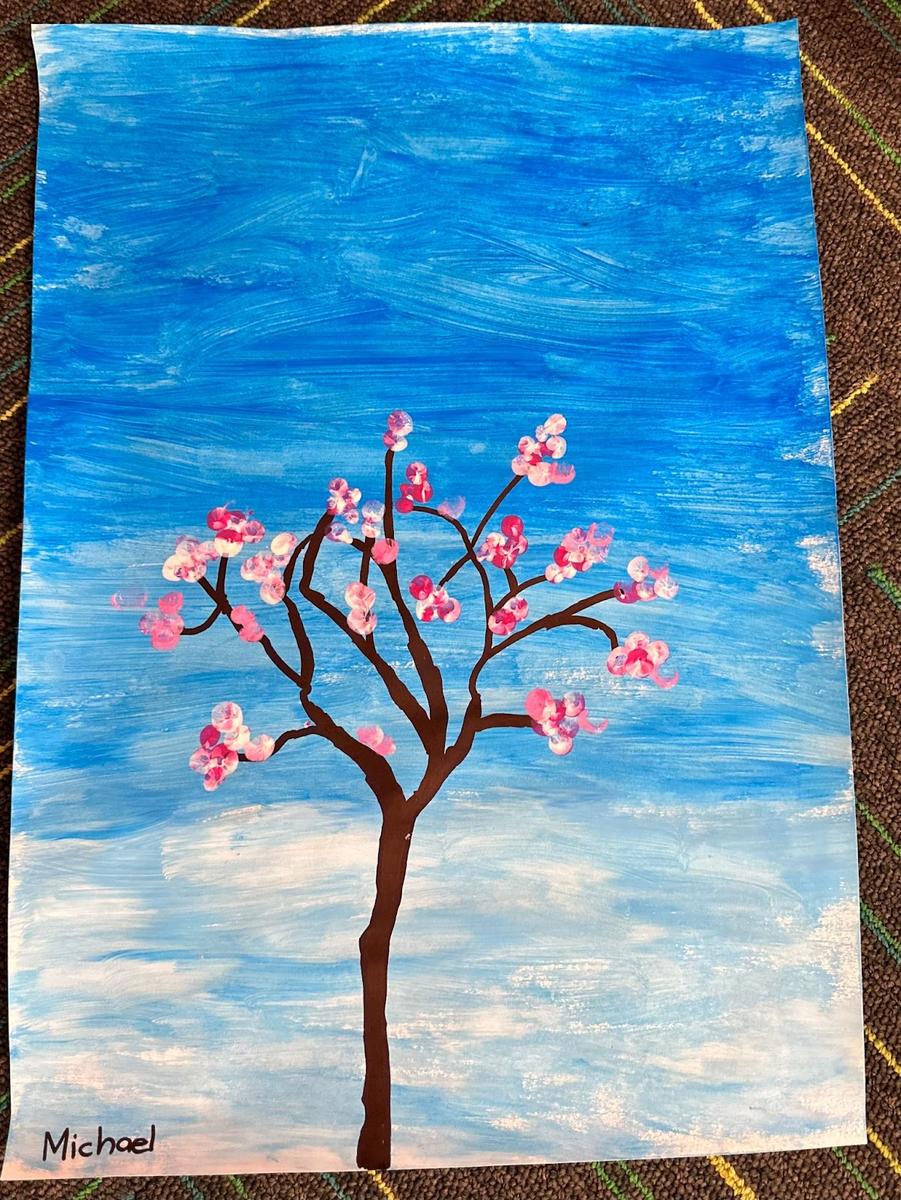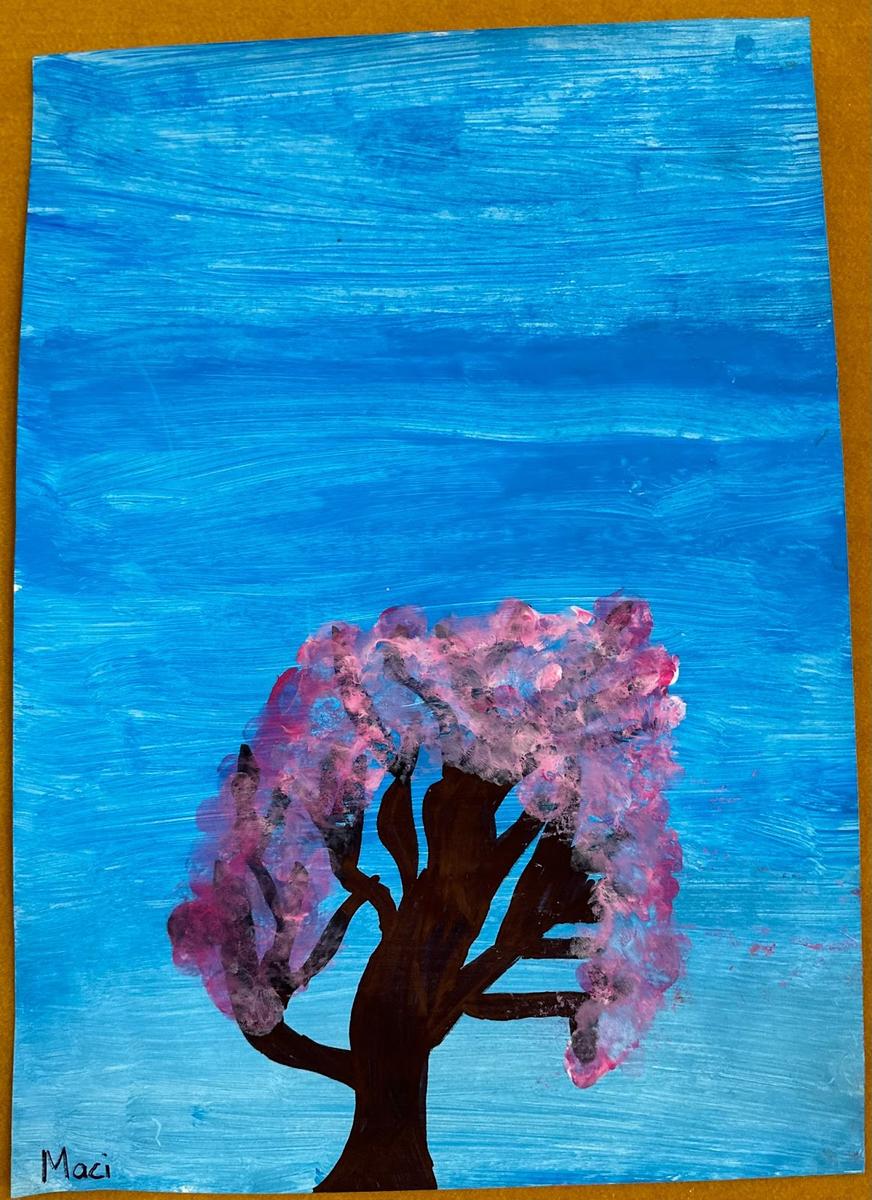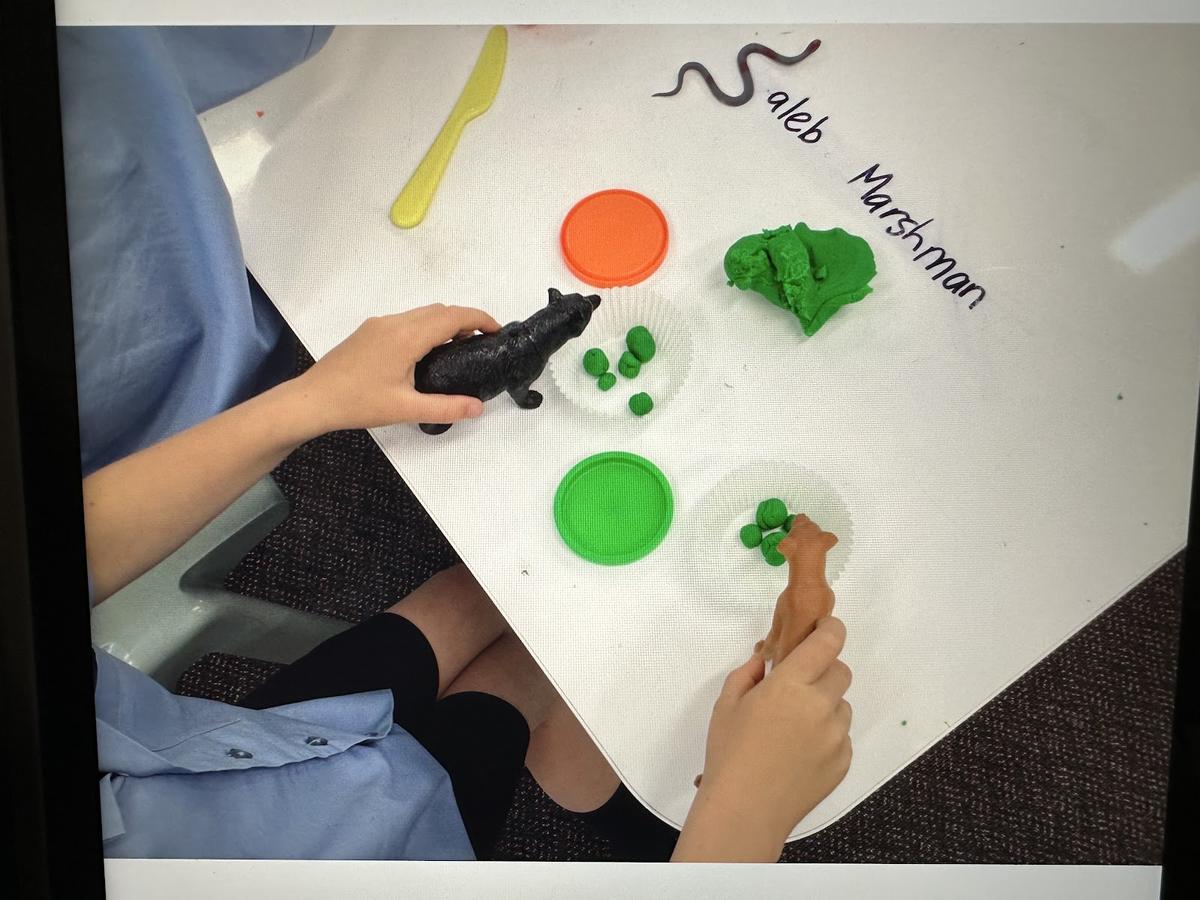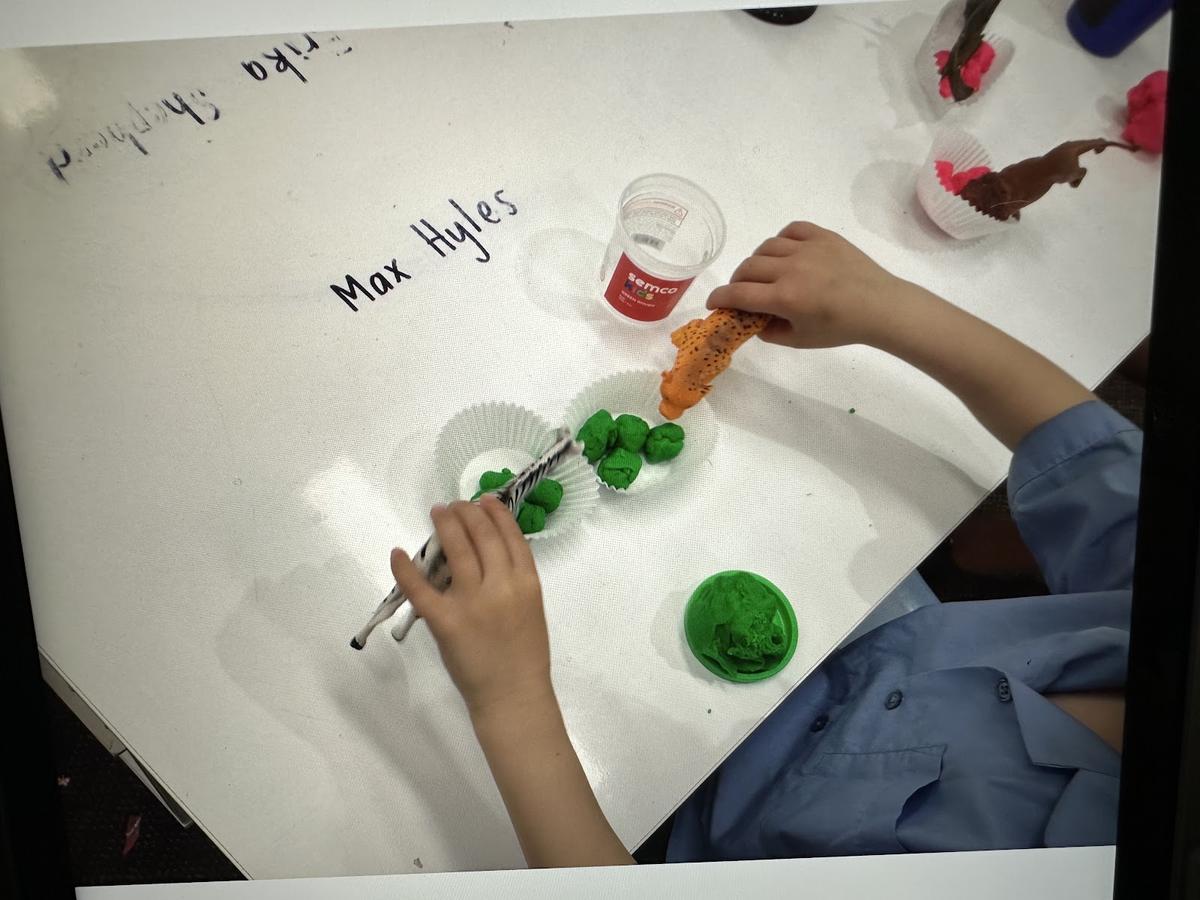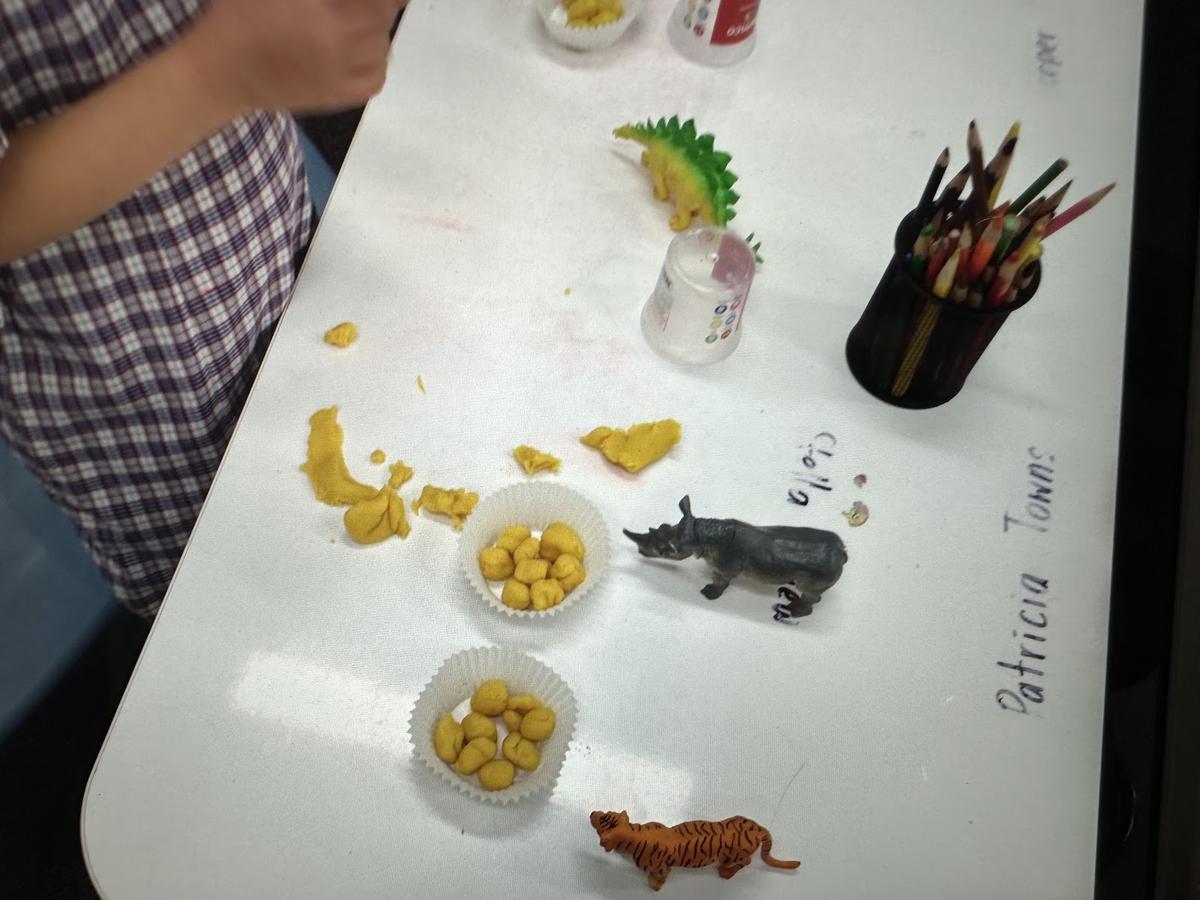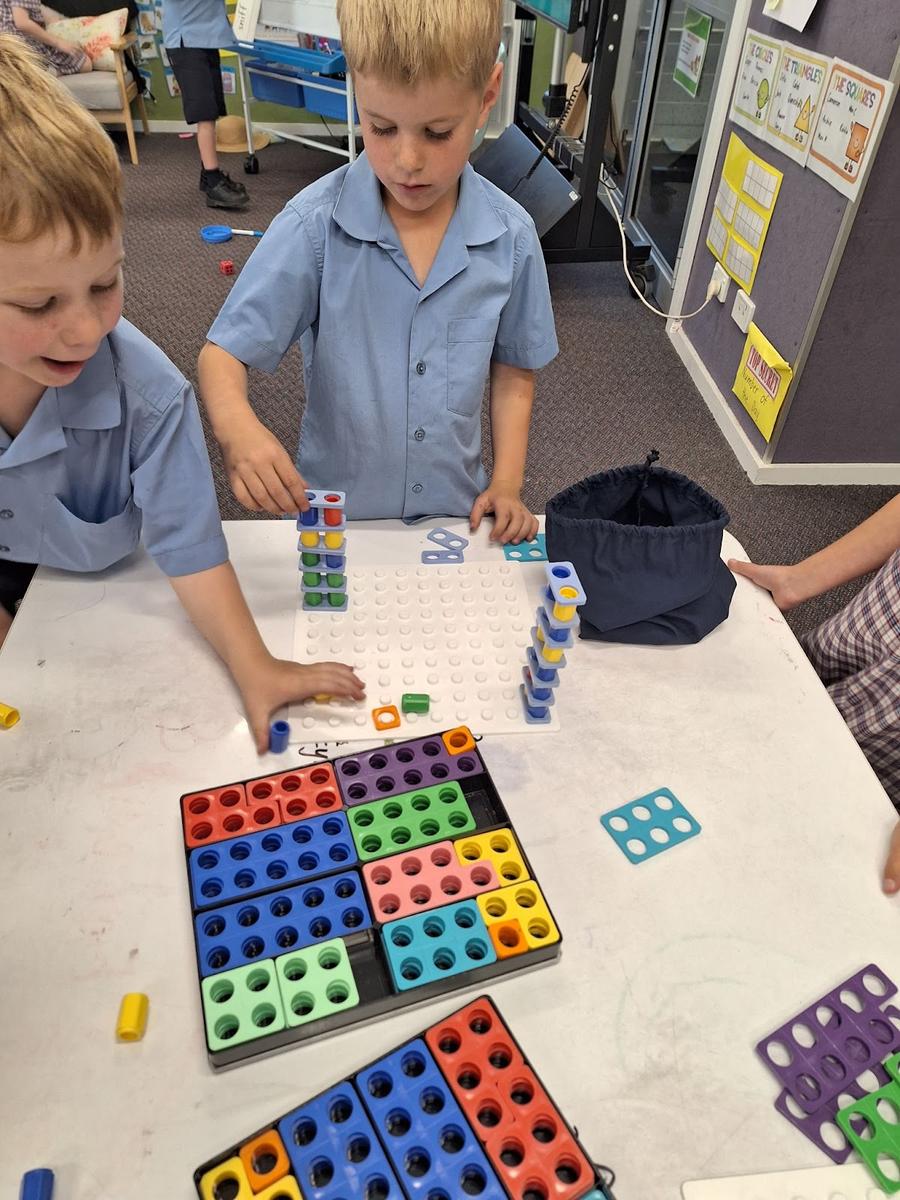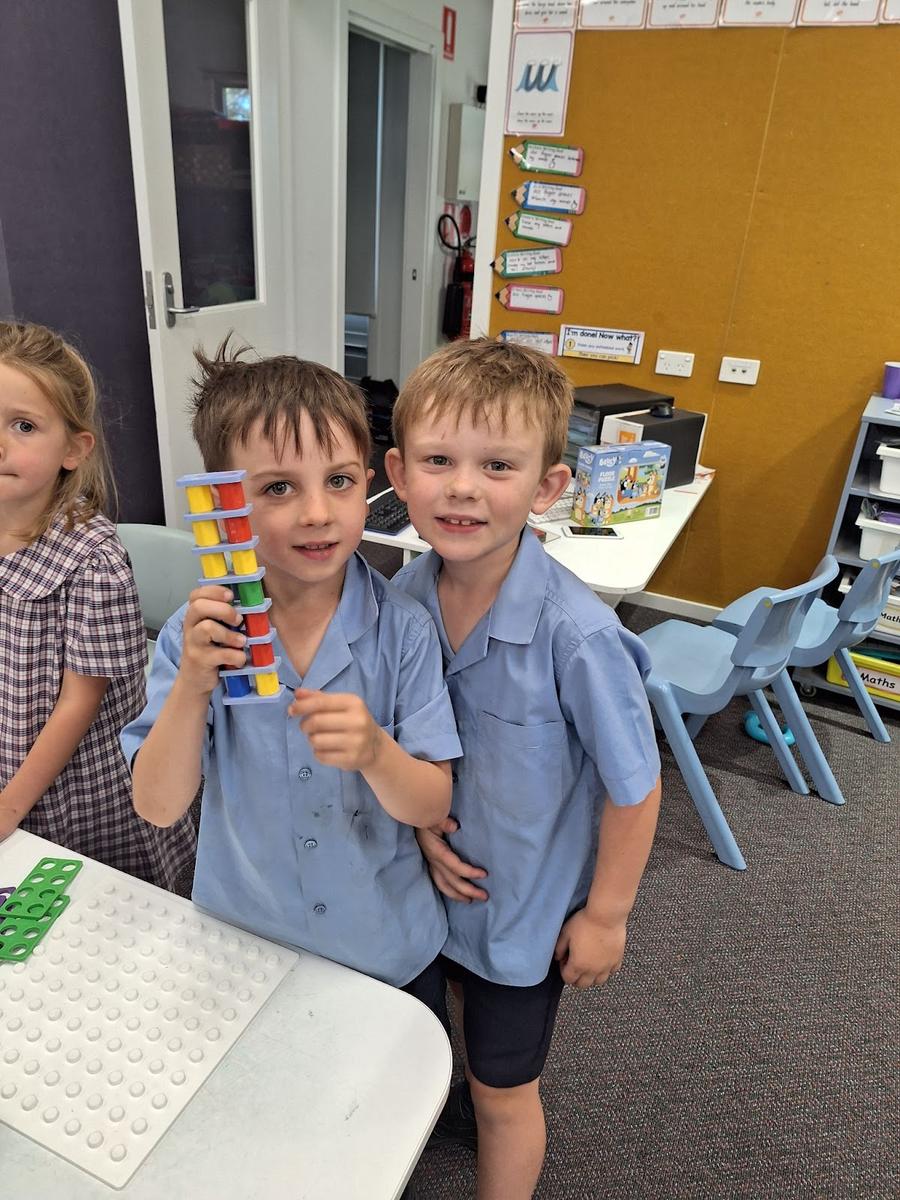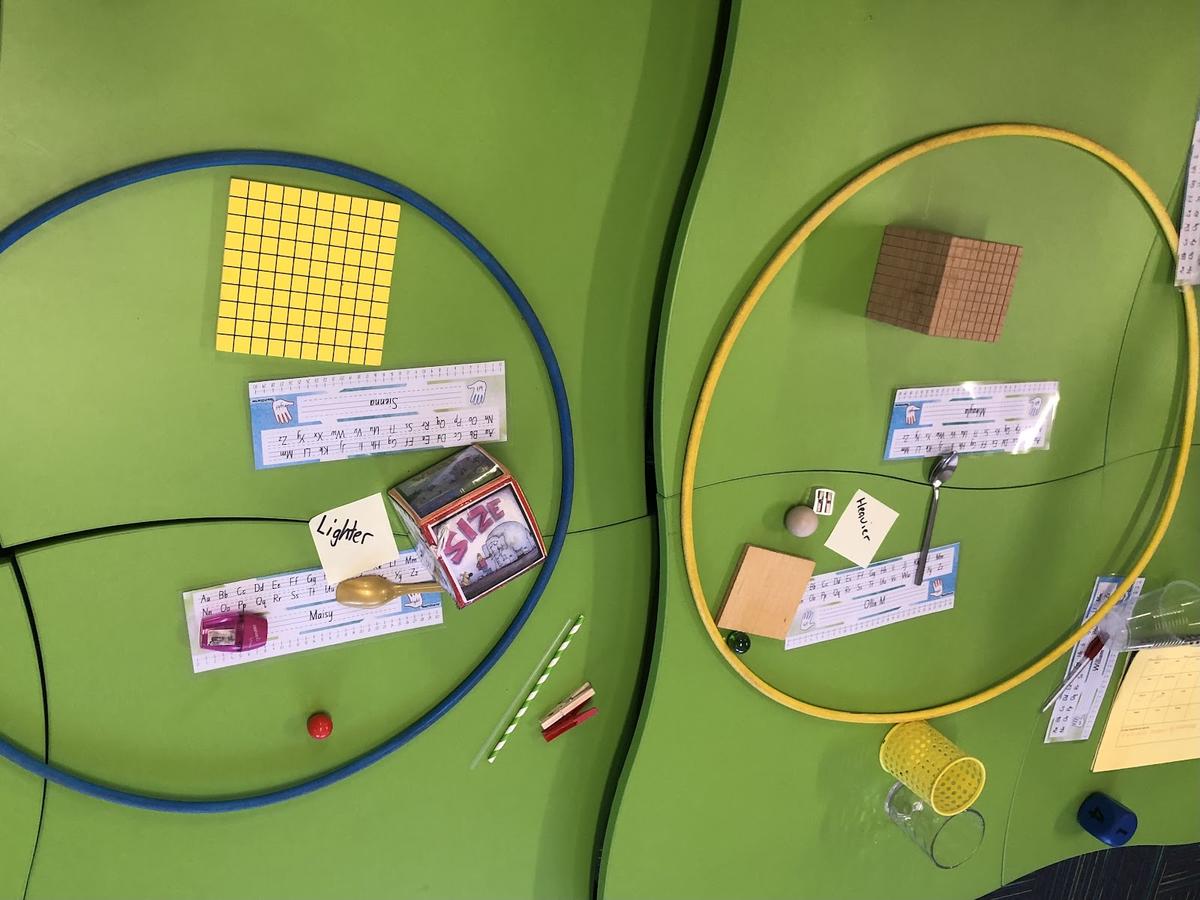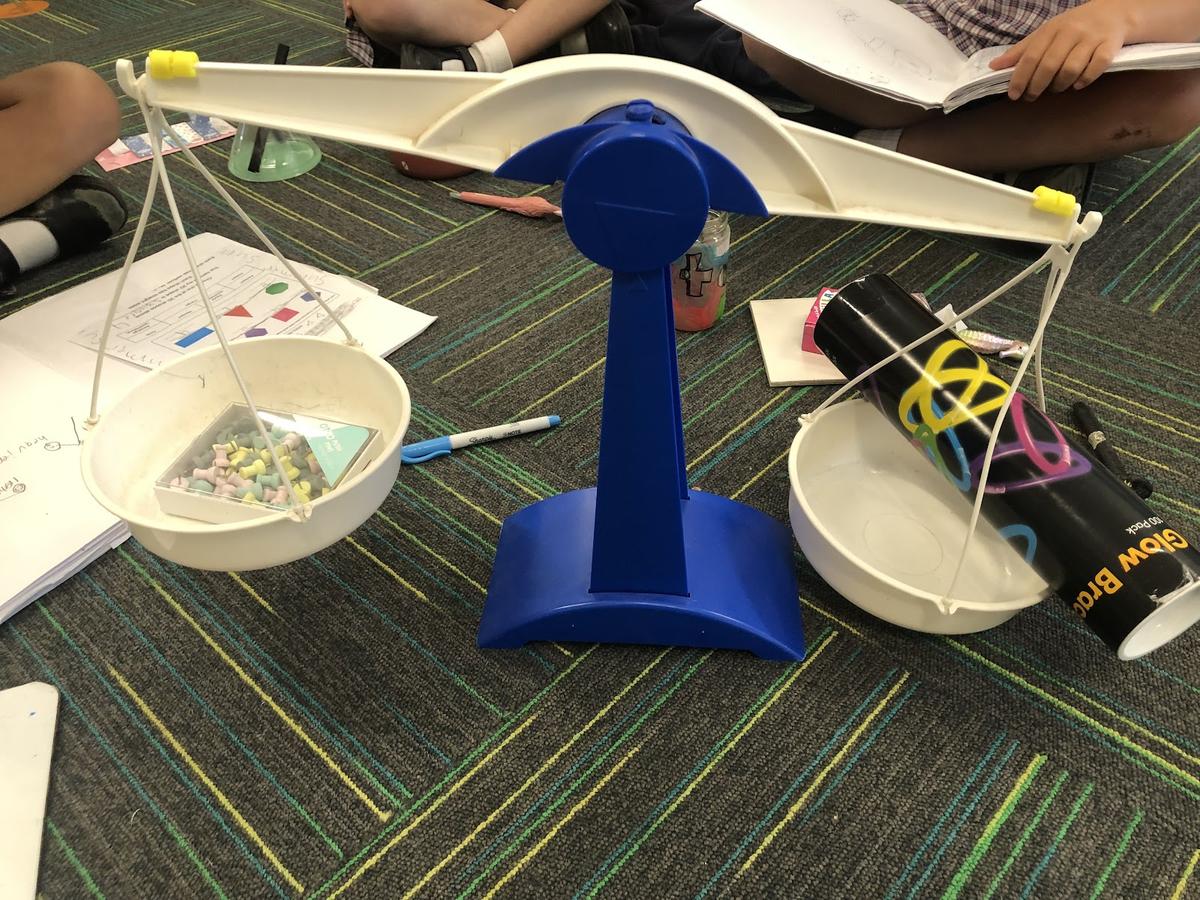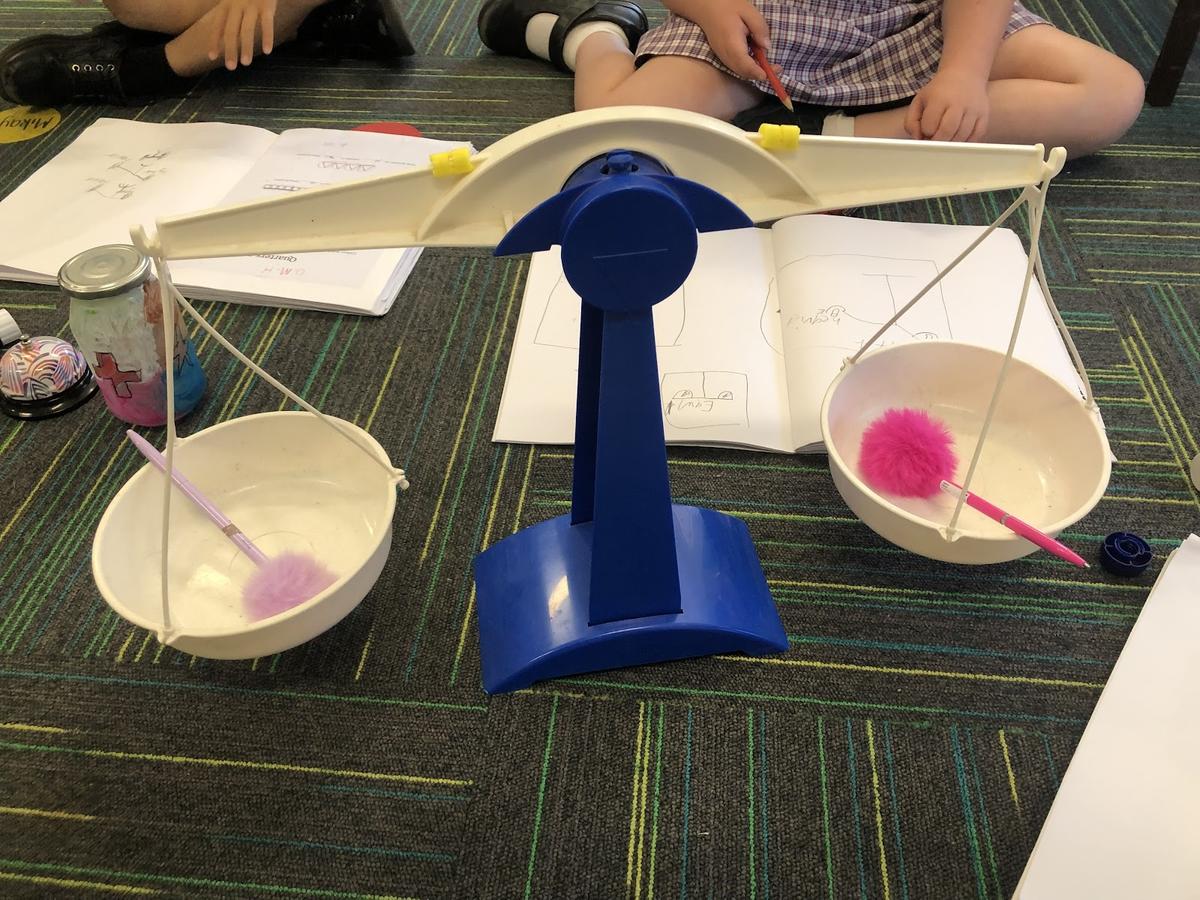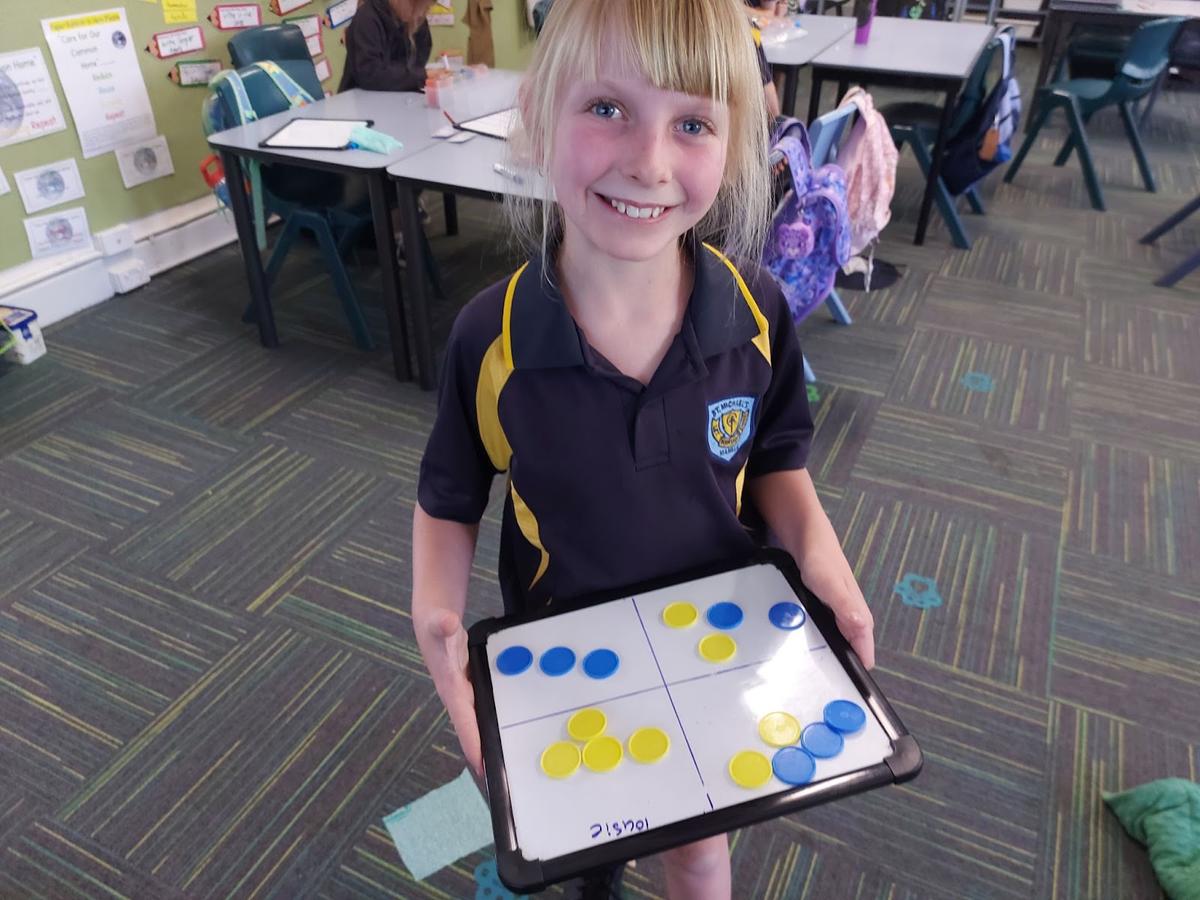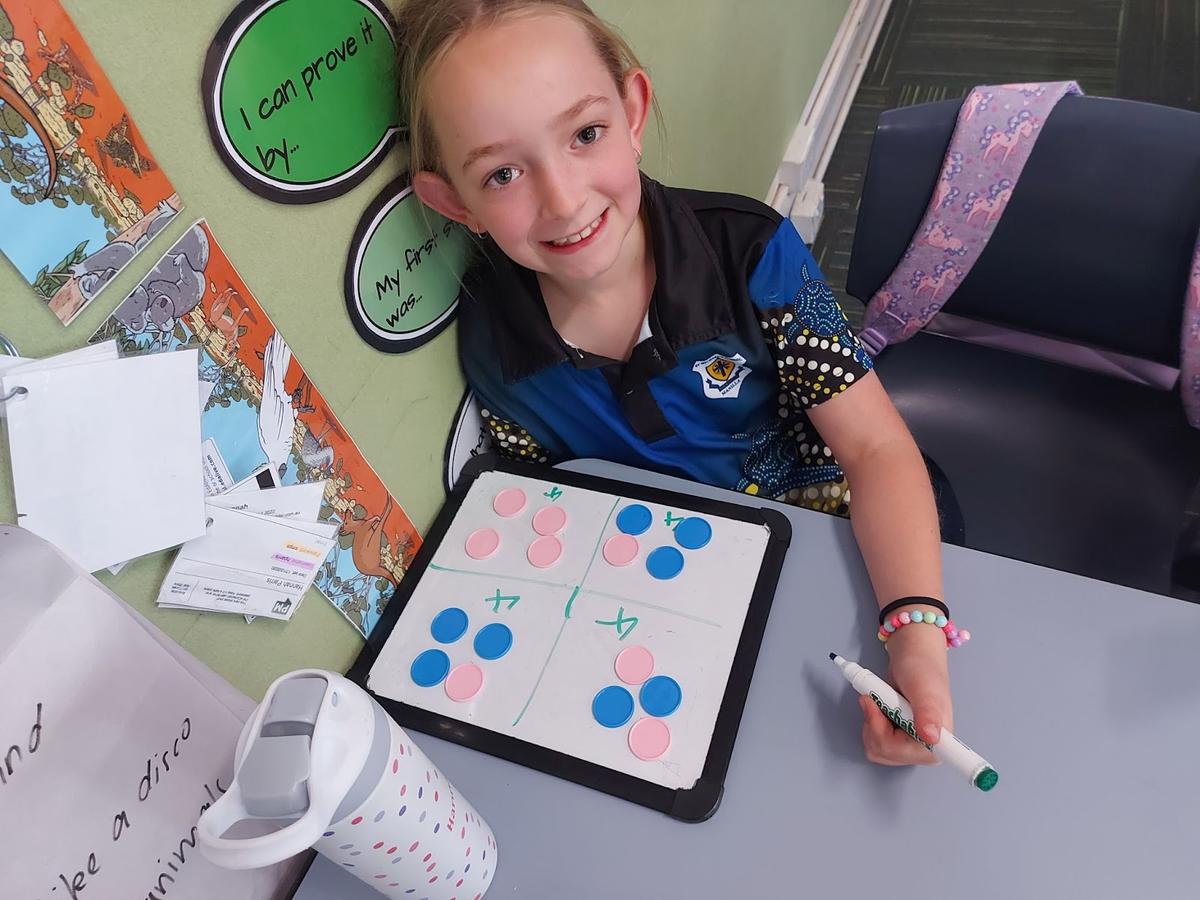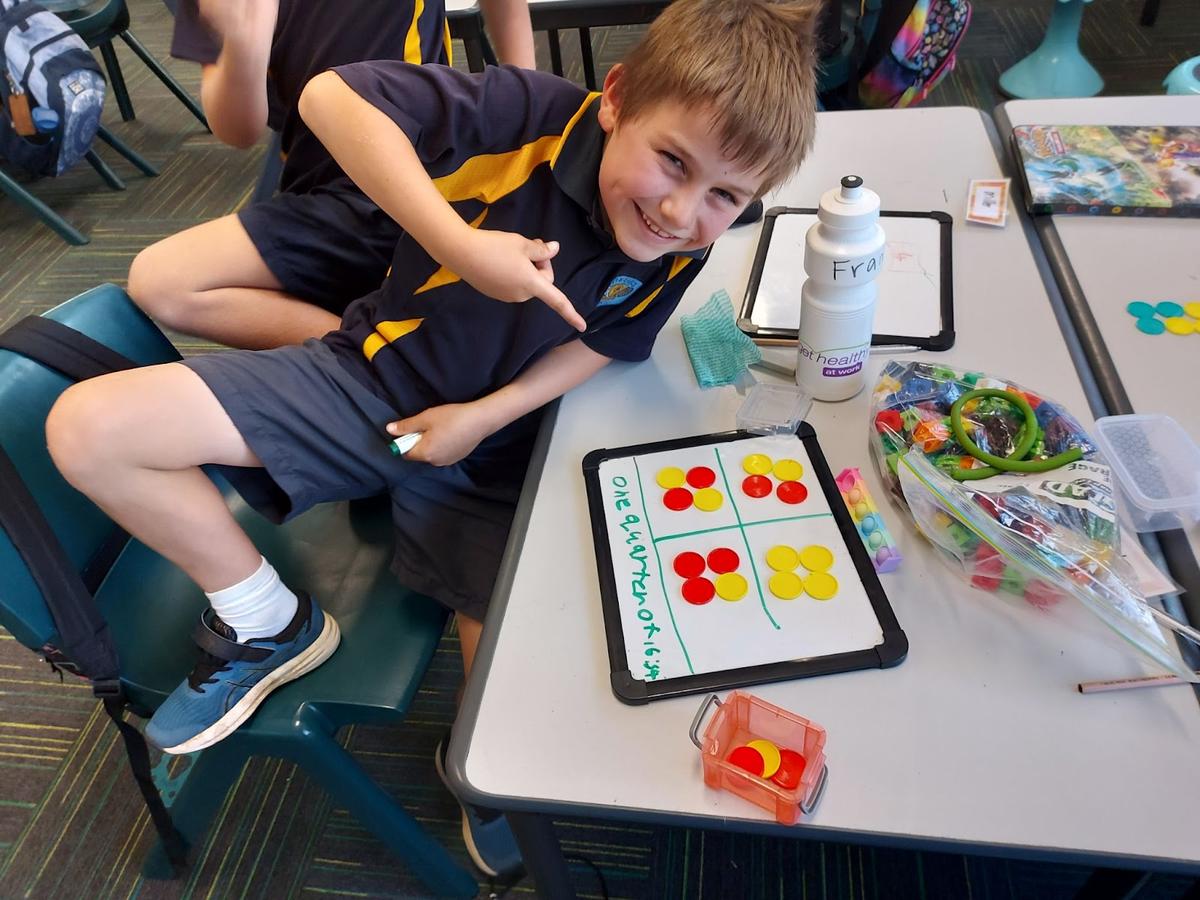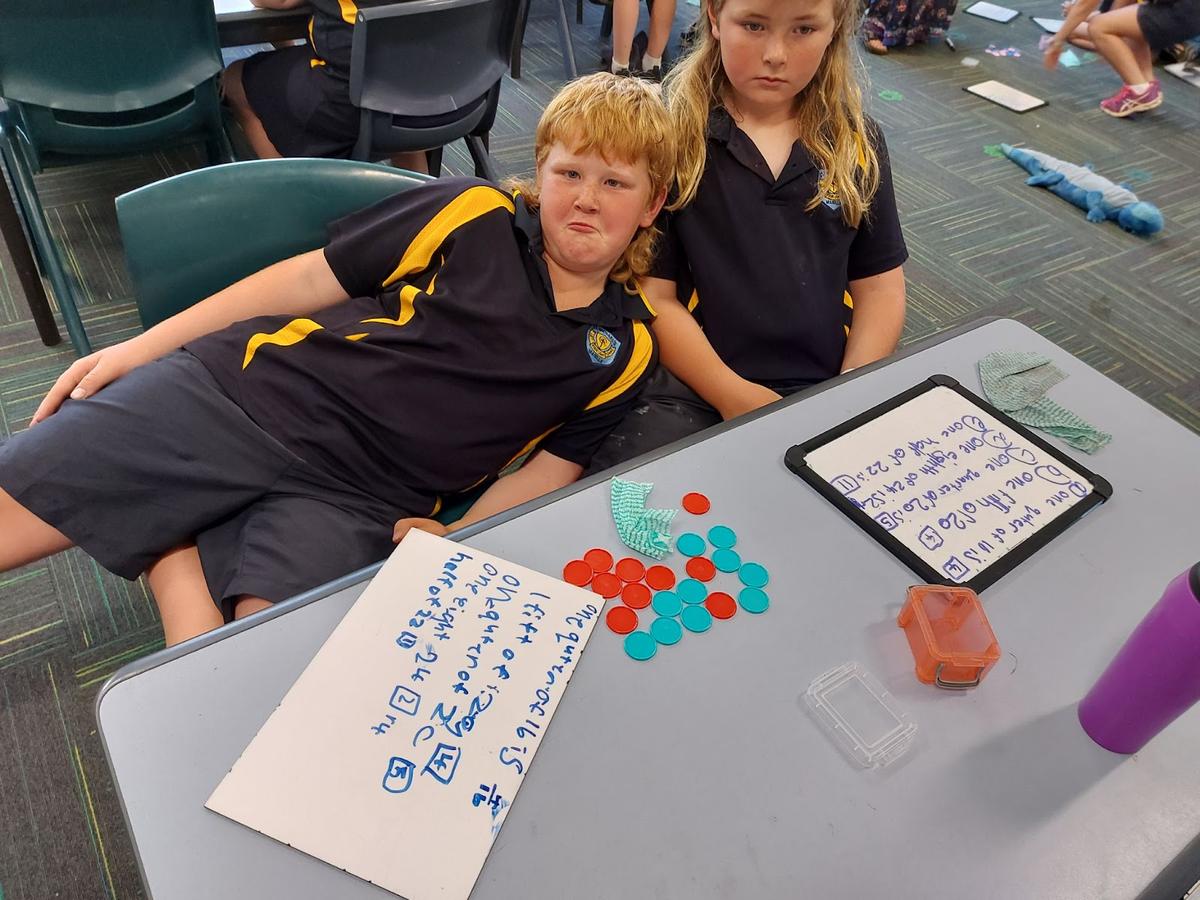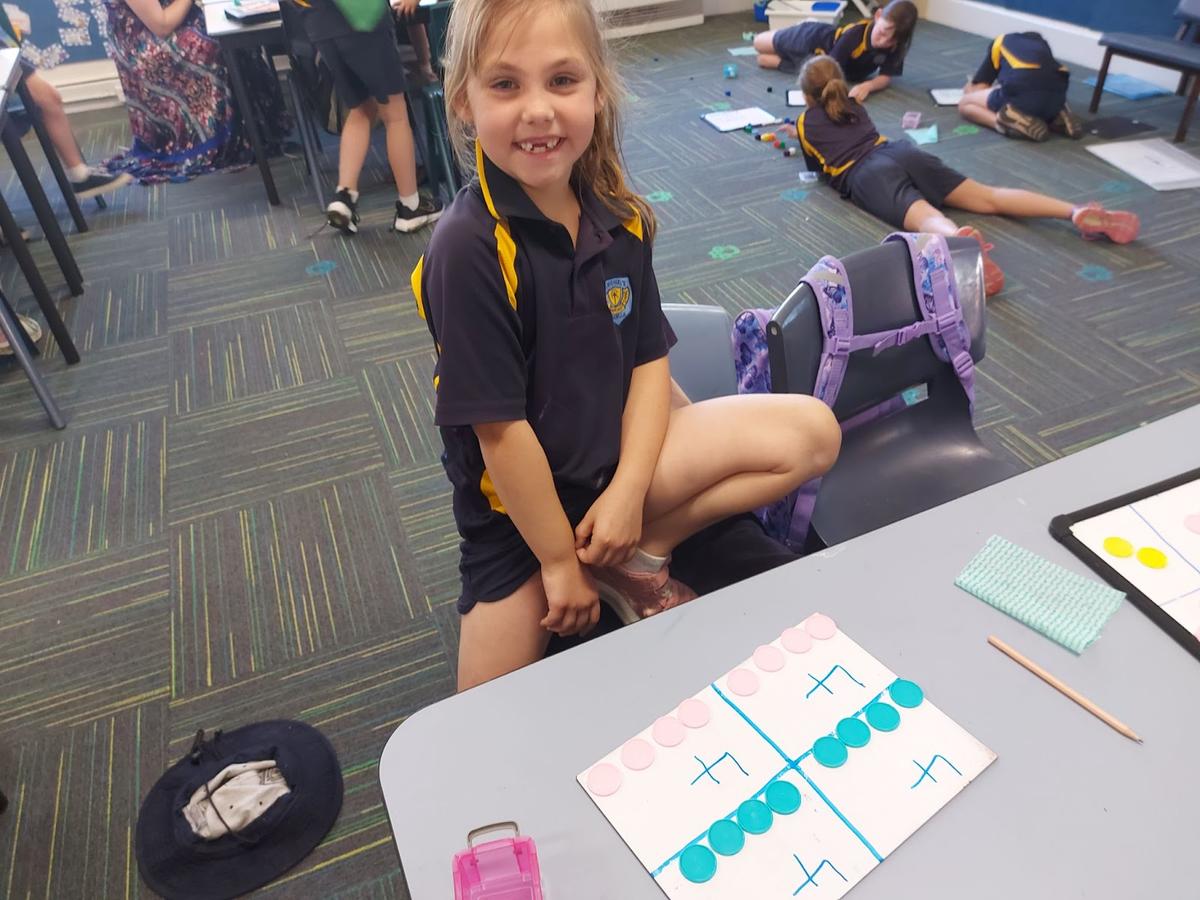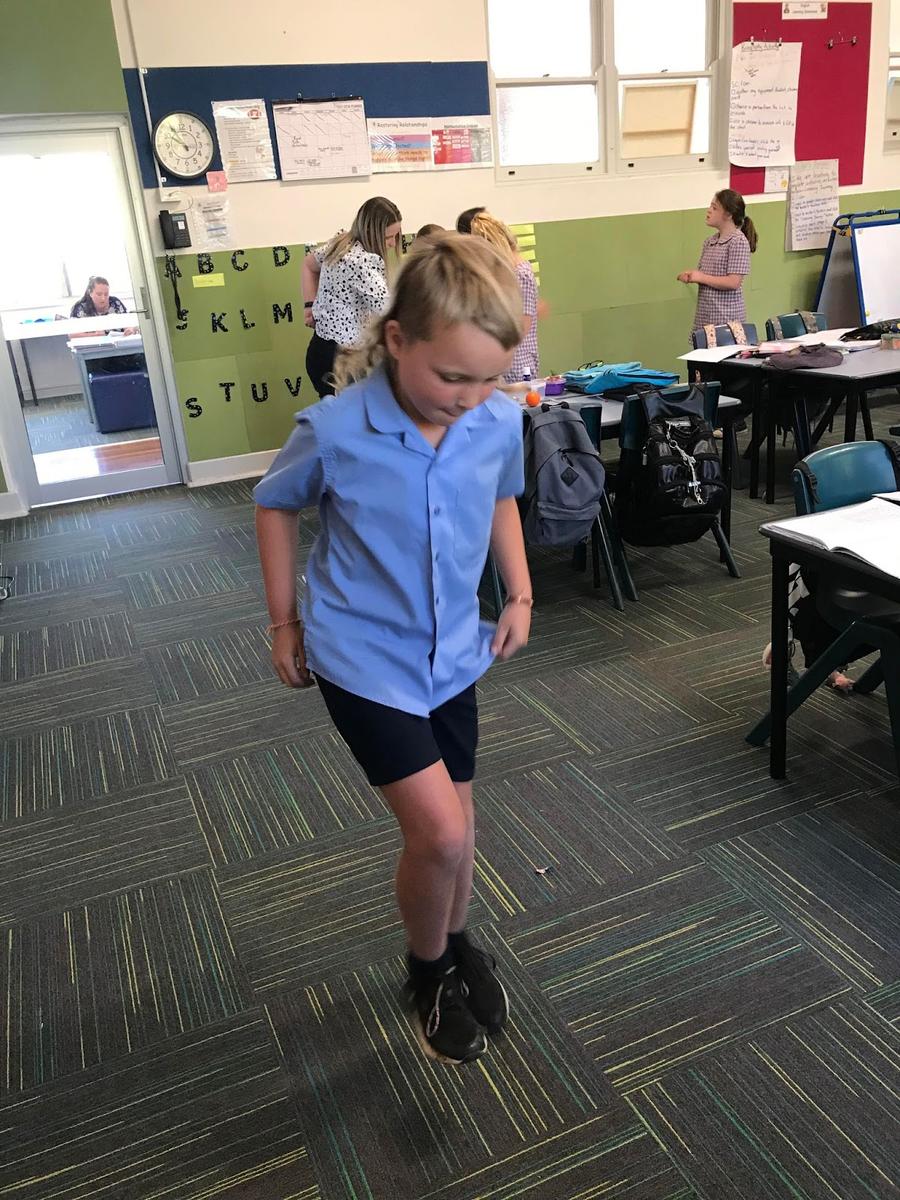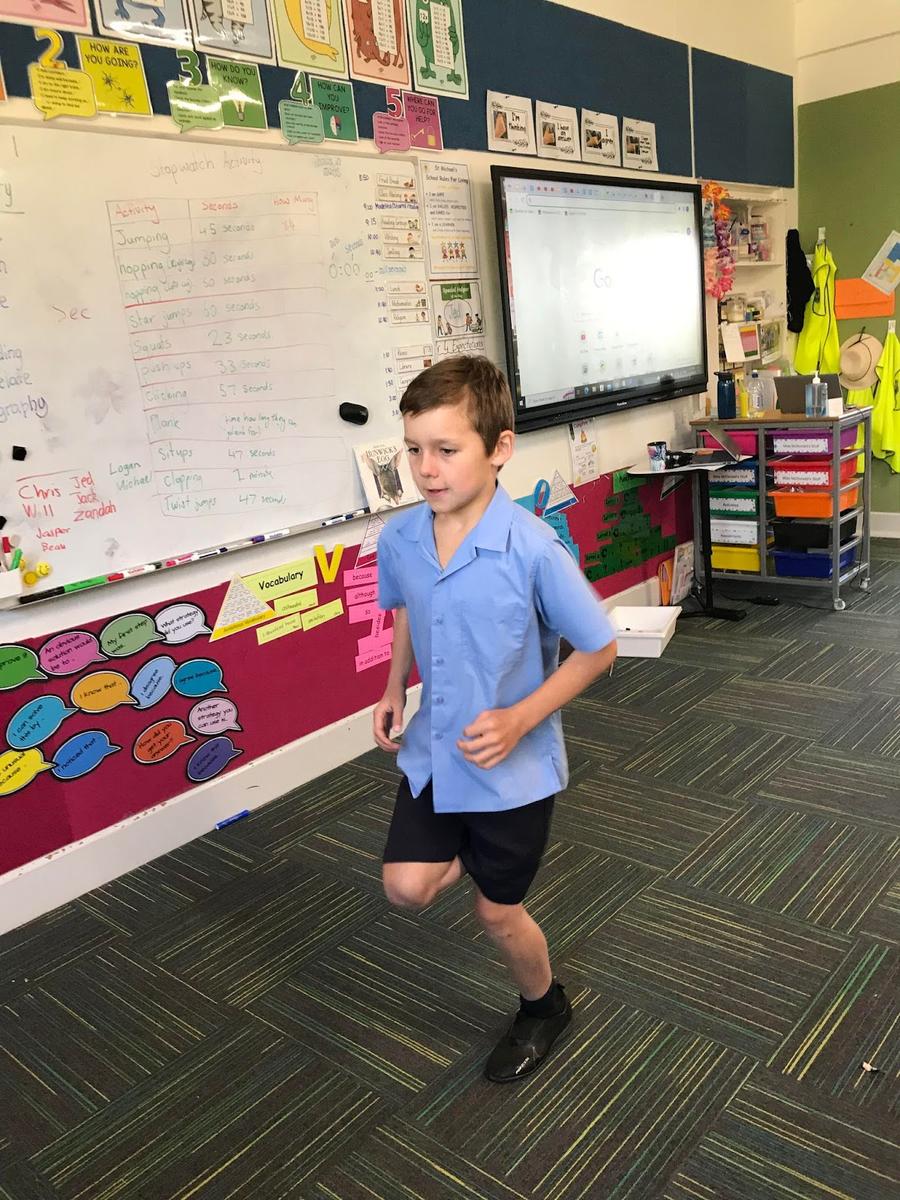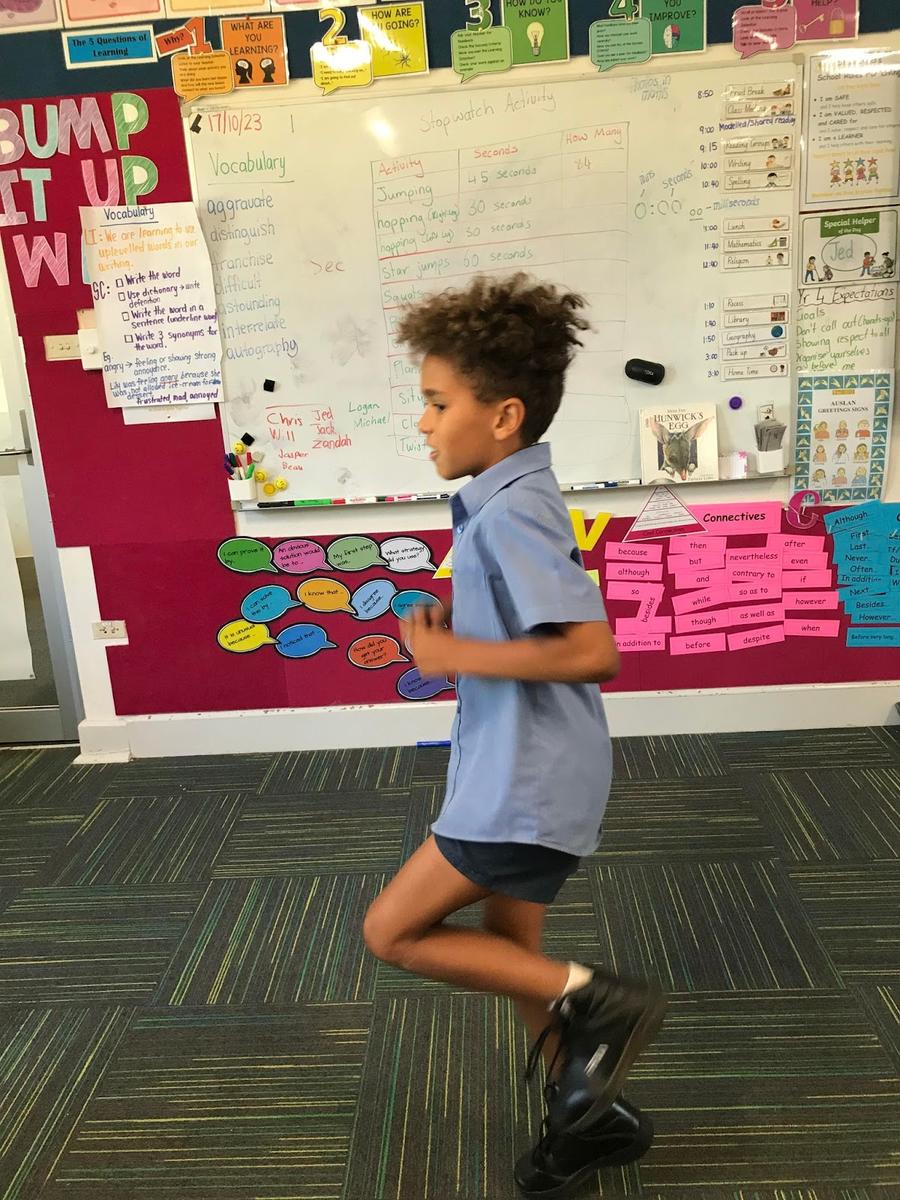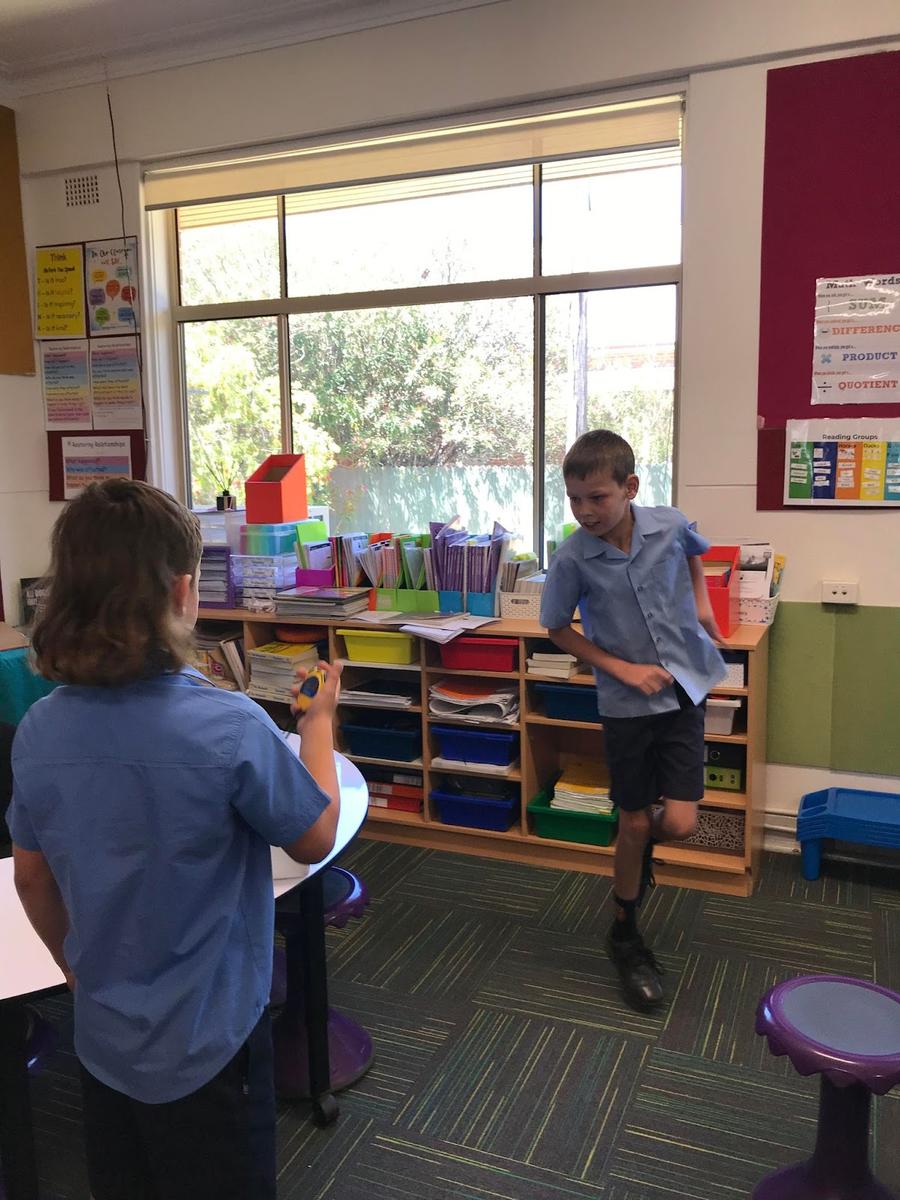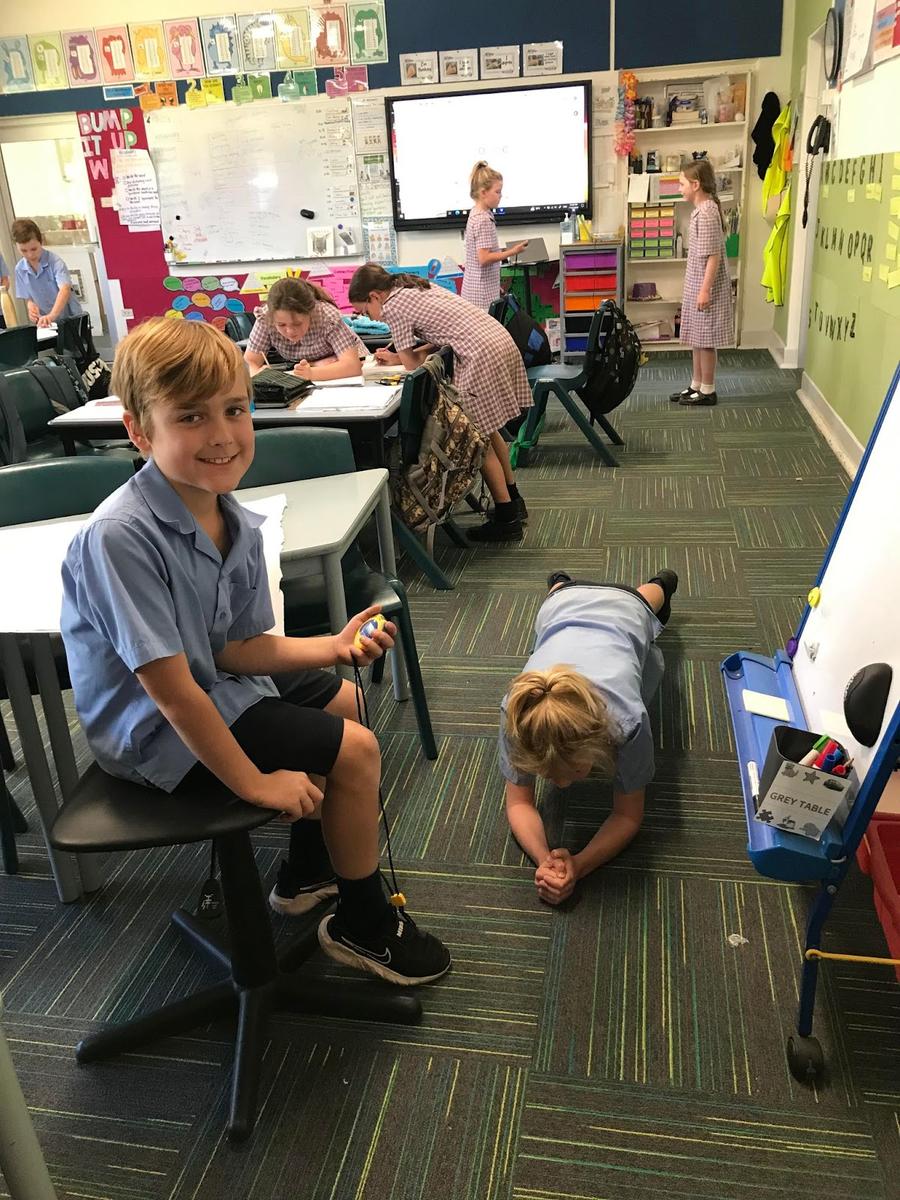Learning News
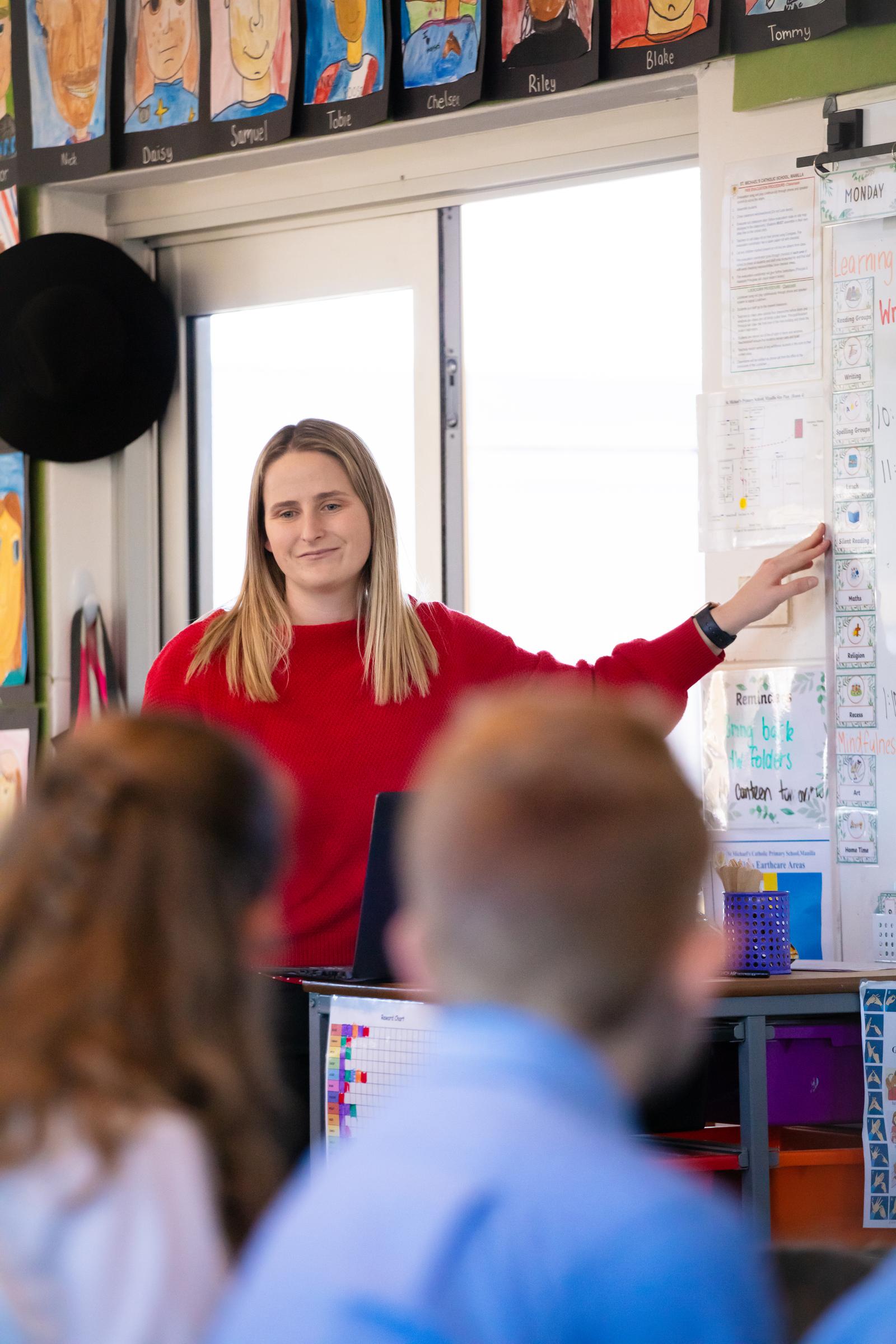
Learning News - Term 4, Week 1
Welcome back to Term 4! We have a jam packed term full of learning opportunities and fun, so I hope everyone had a wonderful break and plenty of rest, ready for our busy time ahead.
The classes have all hit the ground running and there have been lots of interesting learning experiences across the school.
Kindergarten have been working on making groups in mathematics and have learnt some interesting group names for animals. Did you know that a group of snakes is called a ball of snakes, nest of snakes or our favourite, slither of snakes?
Year 1 have been discussing how children get to school and saw some examples of some very interesting ways children get to school in other countries, including climbing up dangerous ladders, walking across wobbly swaying bridges and catching boats.
Year 2/3 have been busy outside discussing how to keep plants healthy and assessing the health of their own plants in their vegetable garden.
Year 4 have been learning about Japan and have created some beautiful artworks of Japanese cherry blossoms and Stage 3 have had lots of fun learning (or refreshing) some dance moves. We could hear the syncopated clapping for the chicken dance from the office they were so enthusiastic.
Wow! What a variety of valuable learning experiences. Keep up the good work everyone.
Yours in learning,
Mrs Shepherd
Kindergarten
Kindergarten is getting back into the swing of things this term with some impressive writing! This term, we are learning about digraphs which are two letters that make one sound. This week we learned about the digraph, ‘ck’. In writing, we read the book Whittney and Brittney: Chicken Divas, a fun story about two very funky chickens who are performers. We then wrote some great sentences about the book characters thinking about what verbs we would need to use in the sentences. Well done Kindergarten on your great writing!
Miss Fraser
Year 1 and Year 2
To start Term 4, Year 1 and Year 2 have been learning about the wonderful parts of creation. They learned about The Creation Story from the Bible and how we should have a sabbath day (a day of rest). In pairs, they had to make a poster of different animals, but they had to draw them from the smallest creature to the tallest. Next, the students got creative and made their favourite animals out of air-dry clay to decorate our prayer table. Fantastic work Year 1 and Year 2, your lovely work has shown us your appreciation for creation.
Miss Myers and Mrs Gall
Yr 2/3
Welcome back to school Year 2/3. This week the students began our Science topic on ‘Living Things’. To begin our topic we have planted Tomatoes, Peas and Lettuce in the hopes of monitoring their growth and development throughout the term. First of all we had to learn how to prepare the soil and ensure that all the weeds had been removed from the garden bed. Then, we planted our plants. Following this step we measured the height of the plants and took photos to help us record the growth of the plants. Finally a good watering was in order. We look forward to sharing our plant growing skills later this term. Well Done Year 2/3!
Mr Beaumont
Yr 4
This Term in Visual Arts, Year 4 will be learning about a variety of different countries, their culture and art. This week the students started off the unit learning about Japan. They researched information about Japanese culture in regards to what they eat, their traditions and celebrations. As a class, we focused on the cherry blossoms. The students utilised the technique of blending to create the gradually changing background, texta to create the tree and finger painting to create the blossoms. Amazing work Yr 4!
Mrs Gall and Miss Maunder.
Yr 5/6
This week, Stage 3 started their new Science unit - Adapting to Survive. Guided by the statement ‘Scientists believe that our opposable thumbs are an important human adaptation’, students set out to test how important opposable thumbs really are. In pairs, students chose 3 simple tasks (writing their name, building a tower, picking up 5 counters etc.) and took turns to complete the tasks using their thumbs and fingers and recorded the time it took for each task. Using masking tape, students then had their thumbs taped to the palm of their hand. Using only their fingers, students repeated the tasks and recorded the time it took them to complete without their thumbs, before graphing their results. Students concluded that opposable thumbs help a lot! Fantastic work Stage 3!
Miss Summerell & Miss Rasche
Numeracy News Term 4, Week 2
Ideas for Mathematical Learning at home:
Early Multiplication
Putting objects together in equal groups helps children to understand early multiplication. Encourage your child to move objects to create equal groups. There are lots of opportunities to make and show equal groups in everyday life. Think about events when sharing is needed and ask your child to help you create equal groups.
• Sharing equal amounts of food
• Baking biscuits or cupcakes where the mixture is shared equally
• Building 2 Lego towers the same height
• Giving equal amounts of time to play with a toy
• Organising your toys into equal groups.
• Sharing out cards for a card game
One of the best ways to explore equal groups is to make unequal groups and problem solve together how
to make them equal.
Mass
Mass and weight are different as weight is a force created from the gravitational attraction to the Earth's centre.
Weight is the force acting on an object, weight can change depending on the gravitational force, for example you would weigh less on the moon as the gravity is weaker there, however your mass remains the same.
⚖ Ask your child to look around at home and find objects that they would describe as being light. Once they have a collection of "lights" you could ask them to find objects that they would describe as heavy.
⚖ Discuss the mass of items from your shopping as you put them away. Ask “Is this tin of tuna lighter or heavier than this bag of sugar?” Use words that describe the mass of objects when you are engaging in daily family activities, e.g. “Your school bag is heavy today because you have that heavy book in it.”
⚖ Measure the weights of ingredients with your children when baking.
Kinder
This fortnight, Kindergarten students have been learning about early multiplication. This involved the children identifying equal groups in real life scenarios like sharing food equally into groups. The children have been working on using concrete materials to make their own equal groups and solving simple word problems. Well done Kindergarten on your impressive work!
Year 1
In Maths, Year 1 have been learning to measure, compare and order the mass of objects. They have been exploring many different objects and discovered that the material an object is made of determines if it is light or heavy- bigger doesn’t always mean it’s the heaviest! The students first used hefting to feel which object was light or heavy and estimated the order of the mass. They then enjoyed using the equal-arm balance to find out which of their objects was the heaviest. Outstanding experimenting this week Year 1! Miss Myers
Year 2/3
This week in Year 2/3 we have been developing our knowledge of Fractions and grouping. In our learning we have discussed that we can model Fractions by using concrete materials to split an amount into equal groups. During these lessons we had to show what this would look like and record our thinking. Congratulations on your Fantastic Effort Year 2/3.
Mr Beaumont
Year 4
This fortnight, Year 4 has been learning how to read time in Mathematics. Students began by developing their skills in reading analog clock faces, using time-related terminology and making connections between 15 minutes and quarter turns around the clock face. They then used their understanding of time to practise using stopwatches to see how many of a specific drill they could complete in a set period of time. Great work Year 4! Miss Maunder and Mrs Gall
Year 5/6
To start Term 4, Stage 3 have been exploring data and how data is displayed on different types of graphs. Students have learned to identify column graphs, dot plots, and stem and leaf plots and can highlight the differences and similarities between the different types of graphs. As a class, the students conducted a survey asking each person what their favourite summer sport is. After collecting the data, students then graphed their information using a column graph structure. Well done Stage 3!

